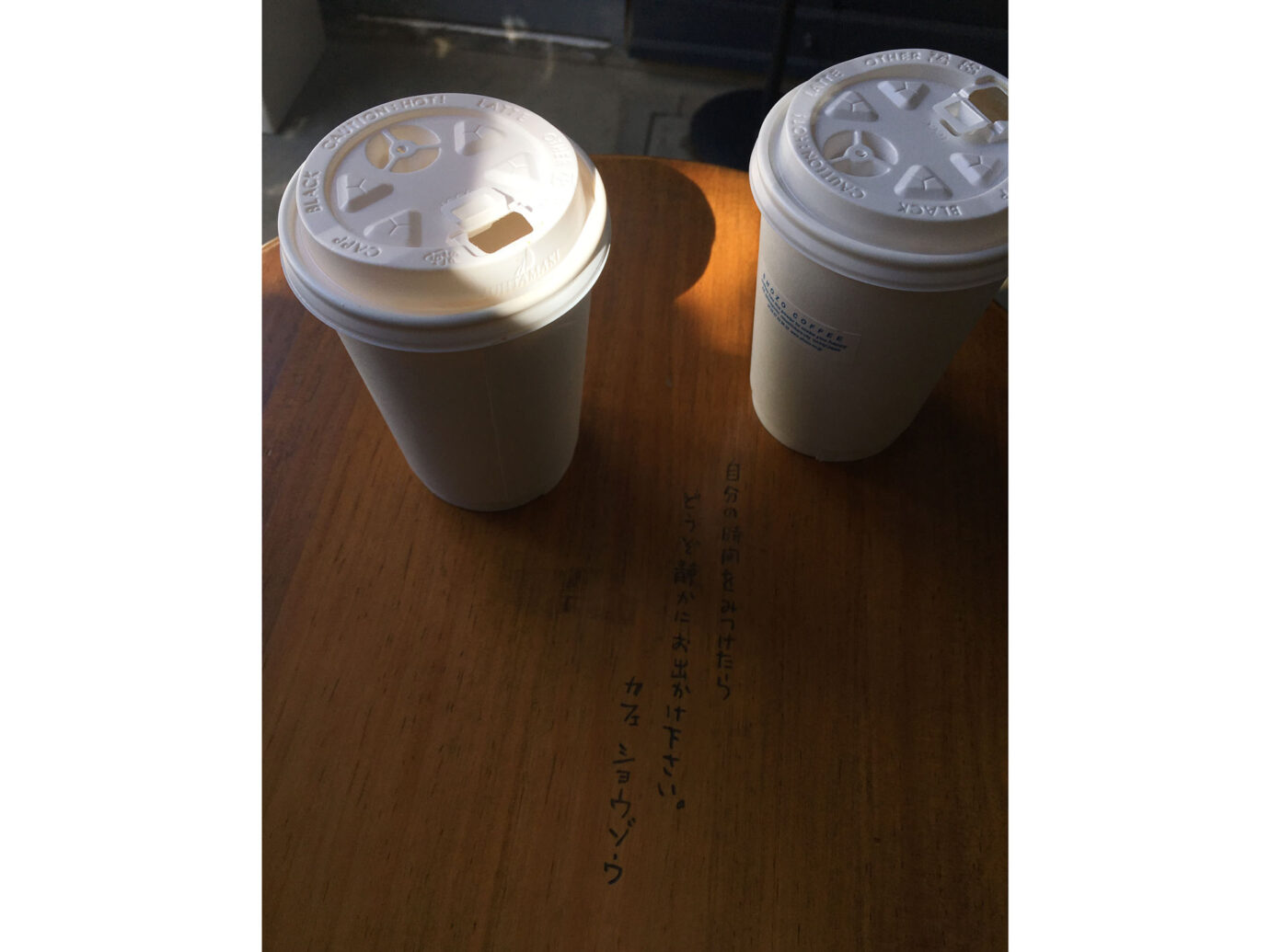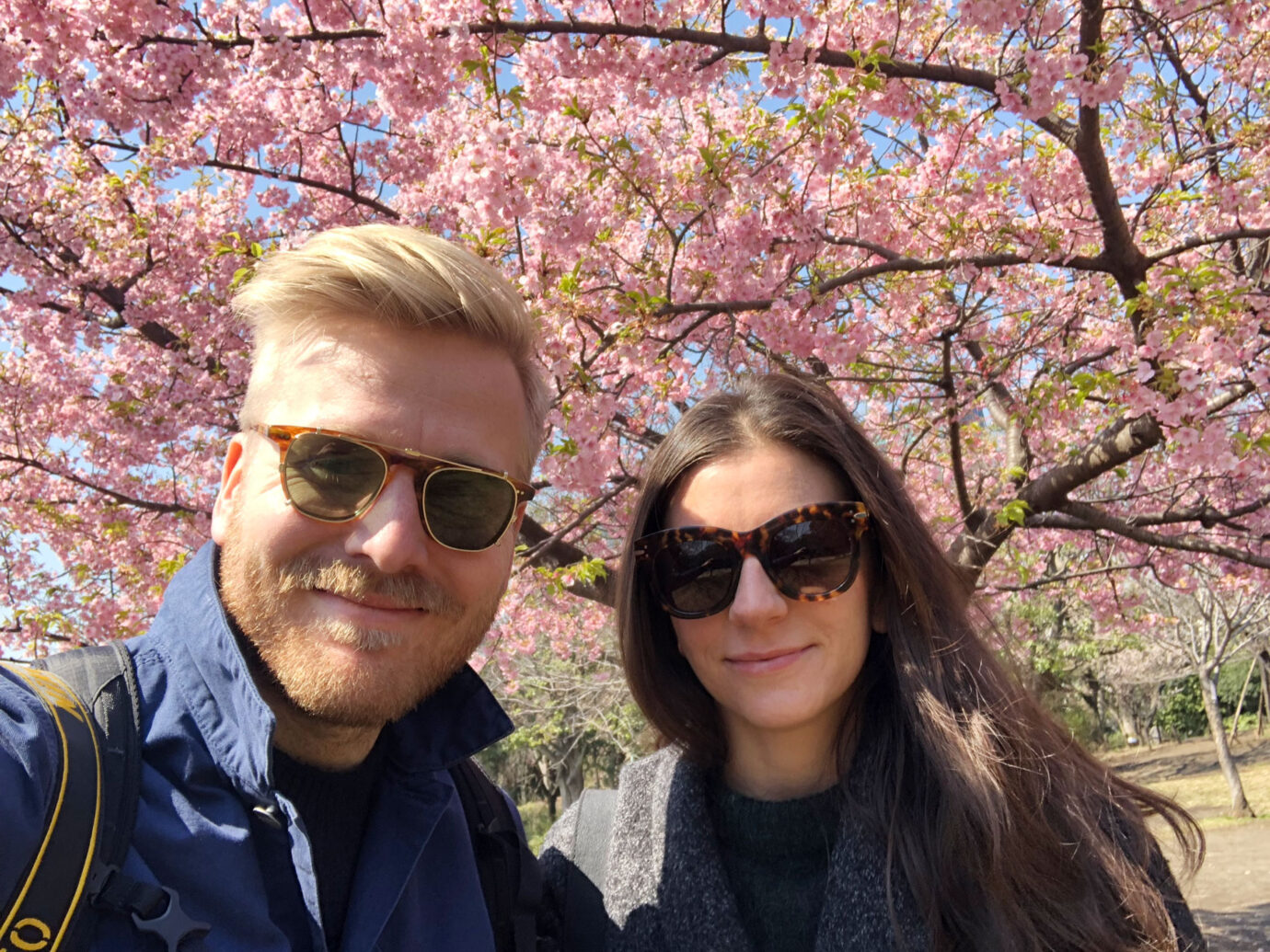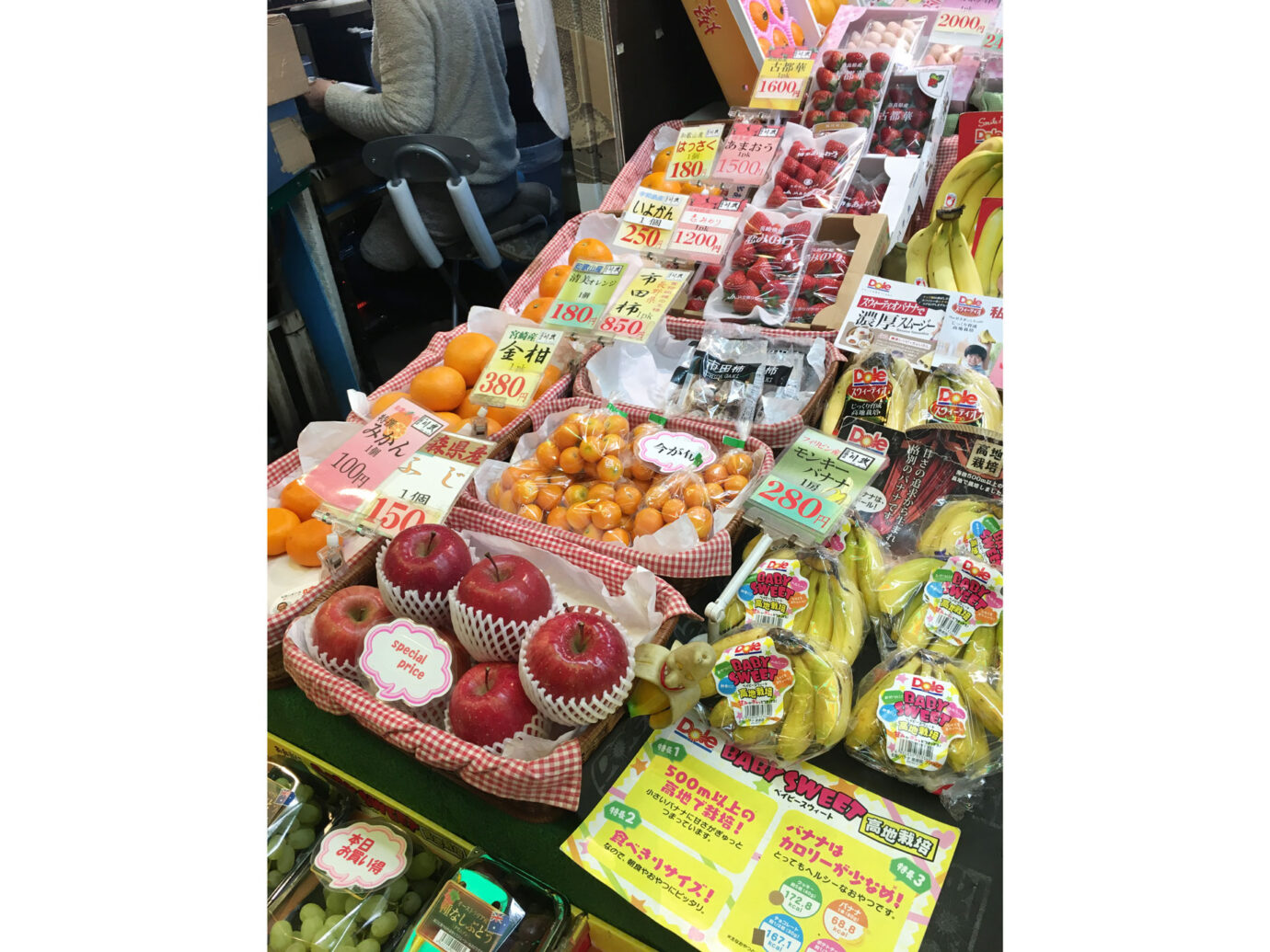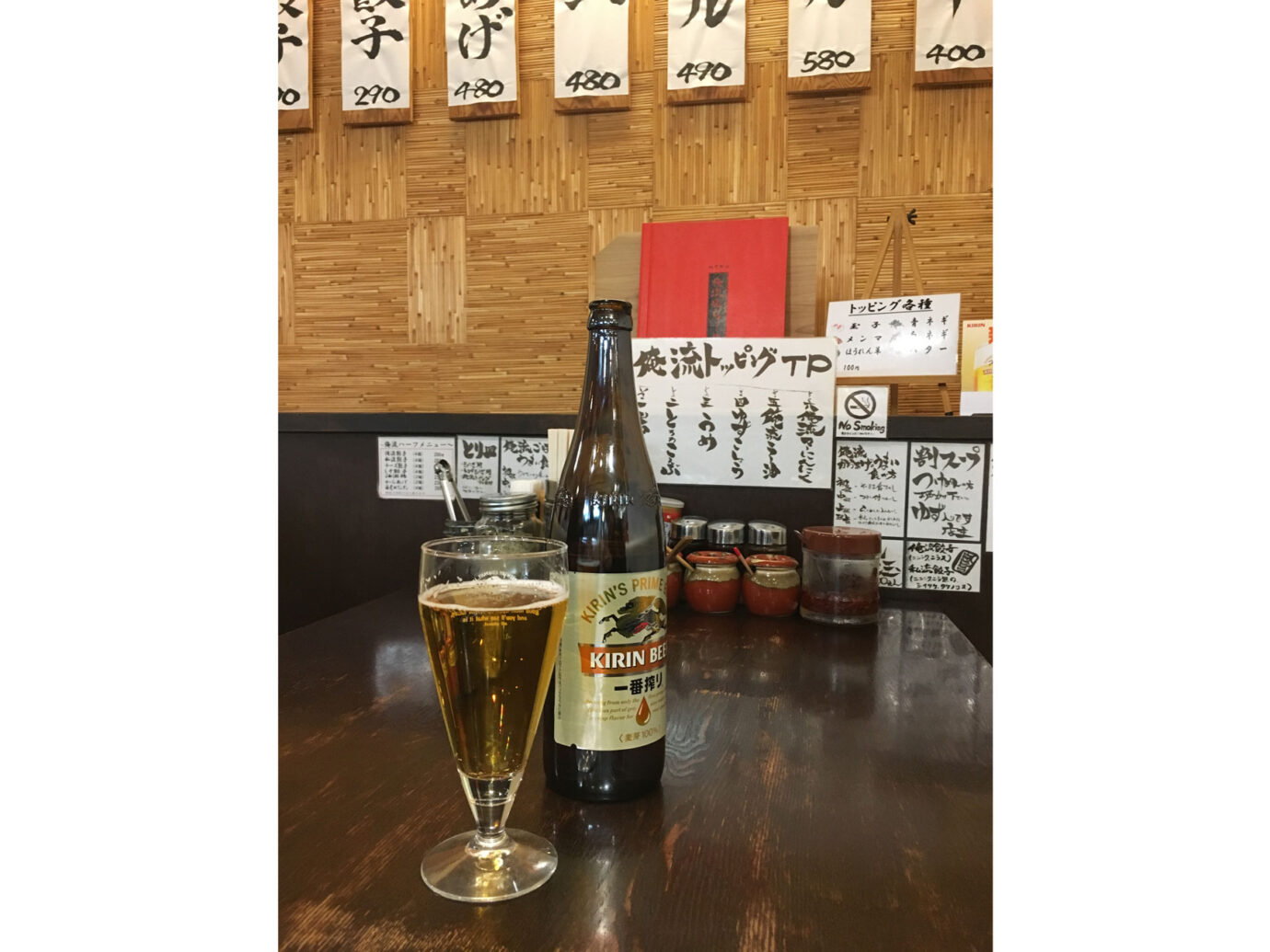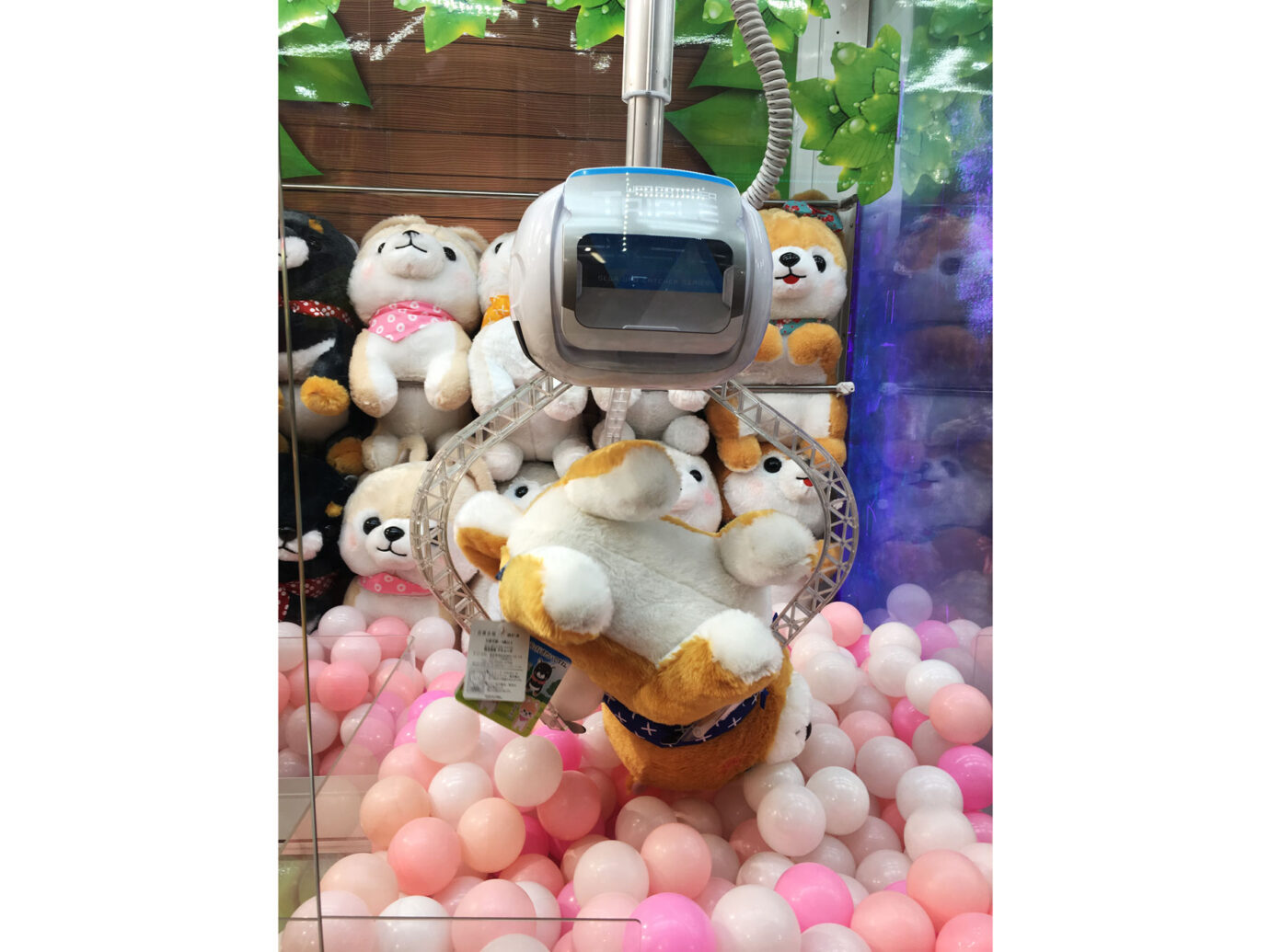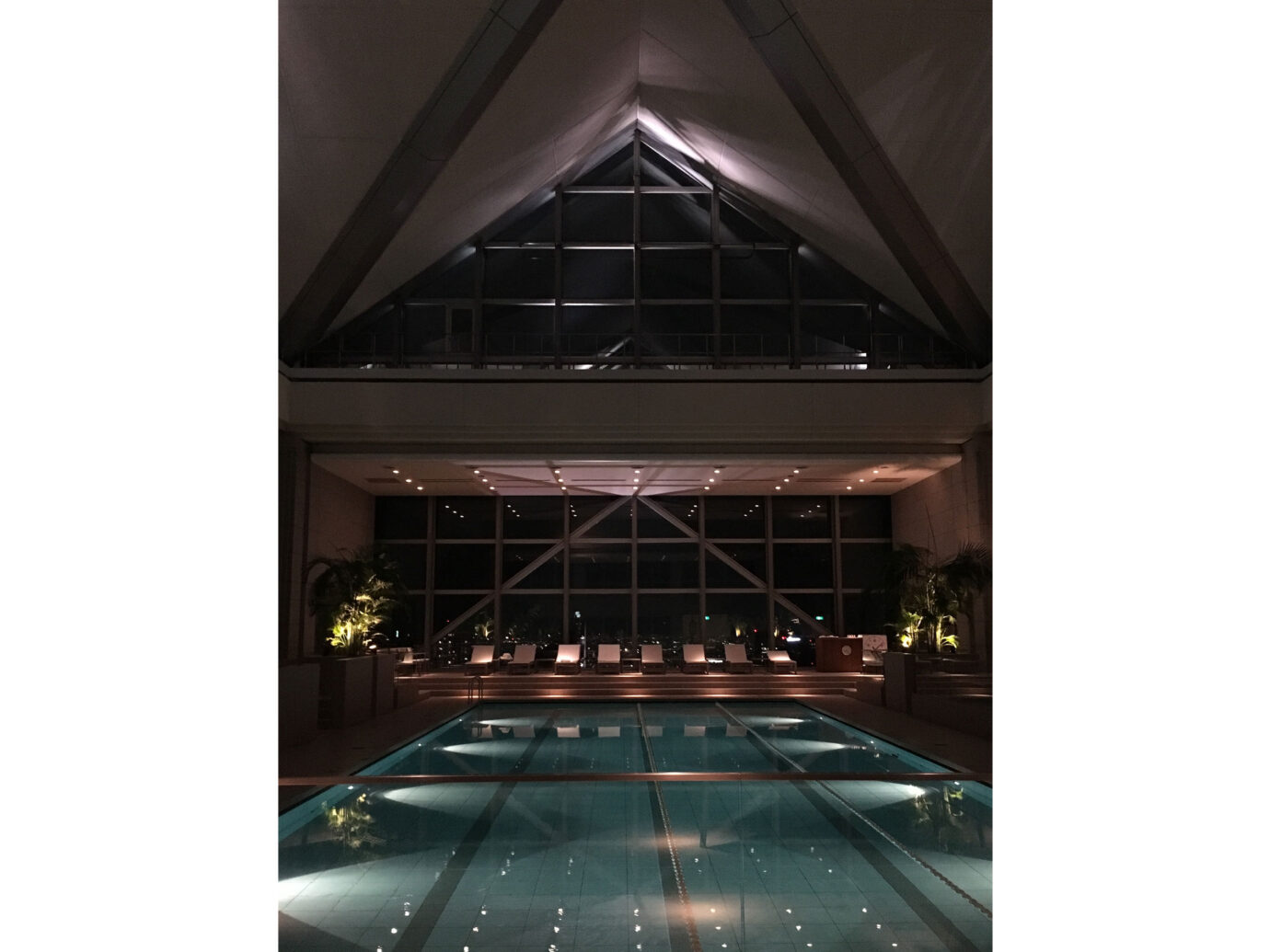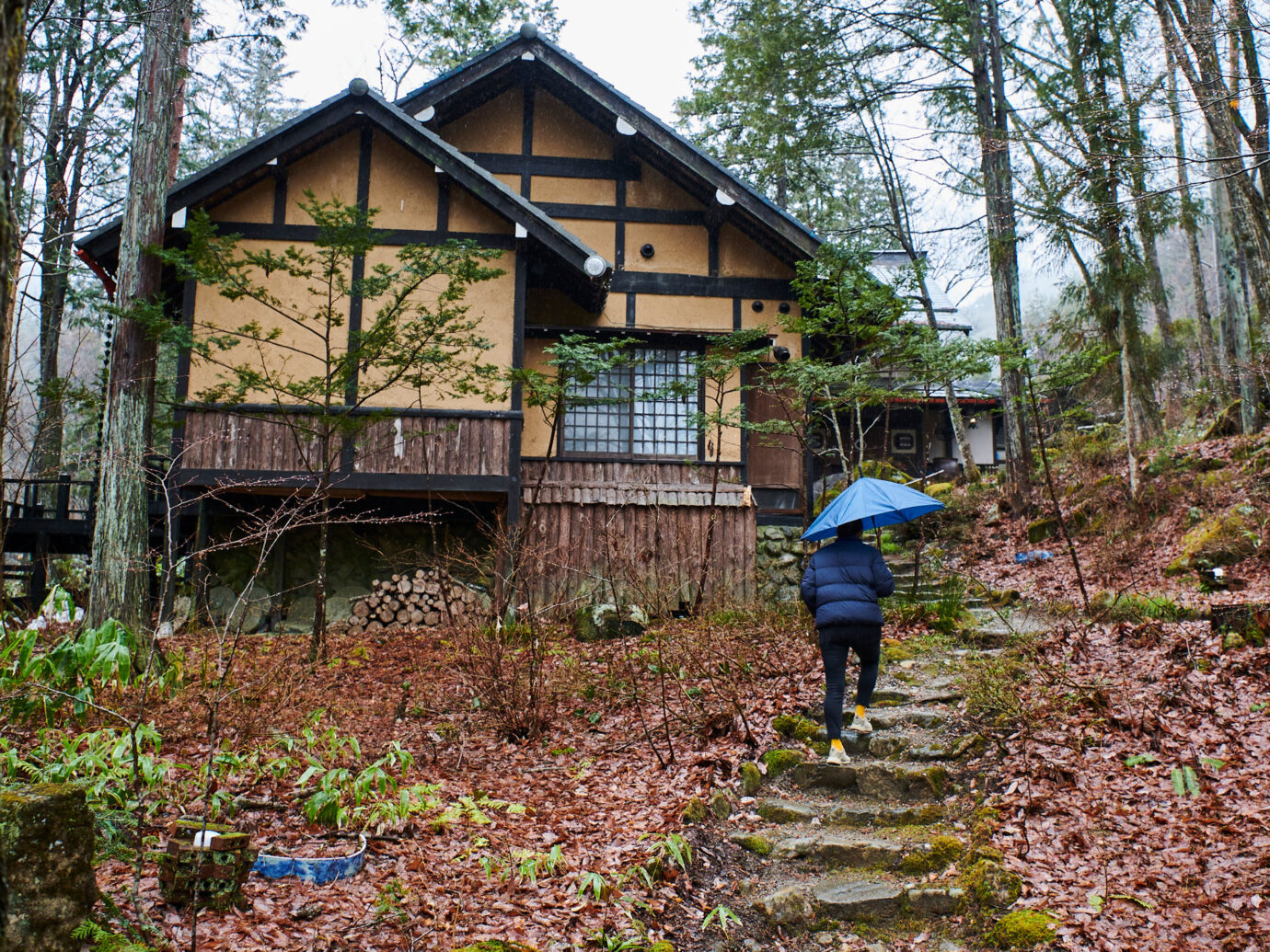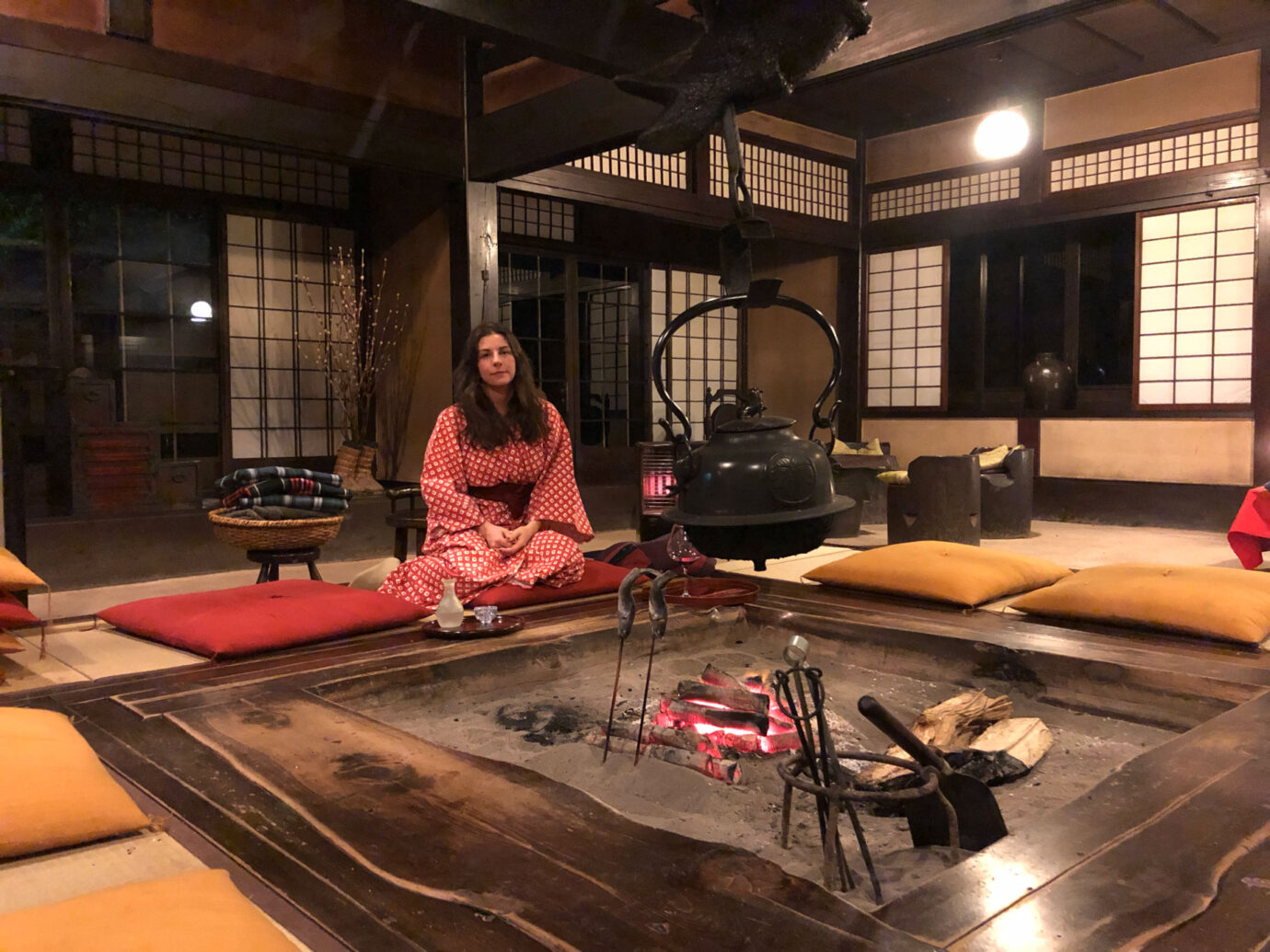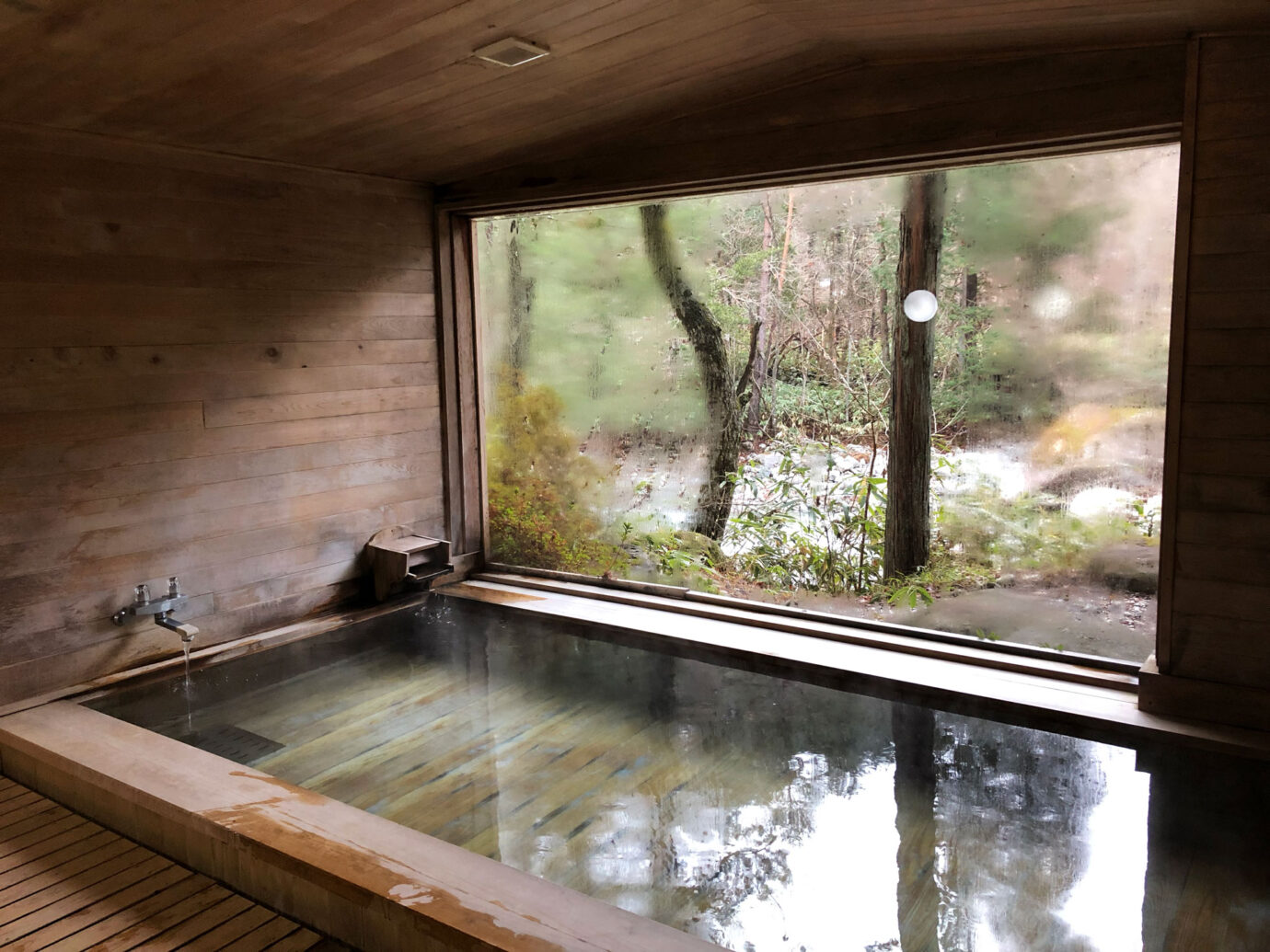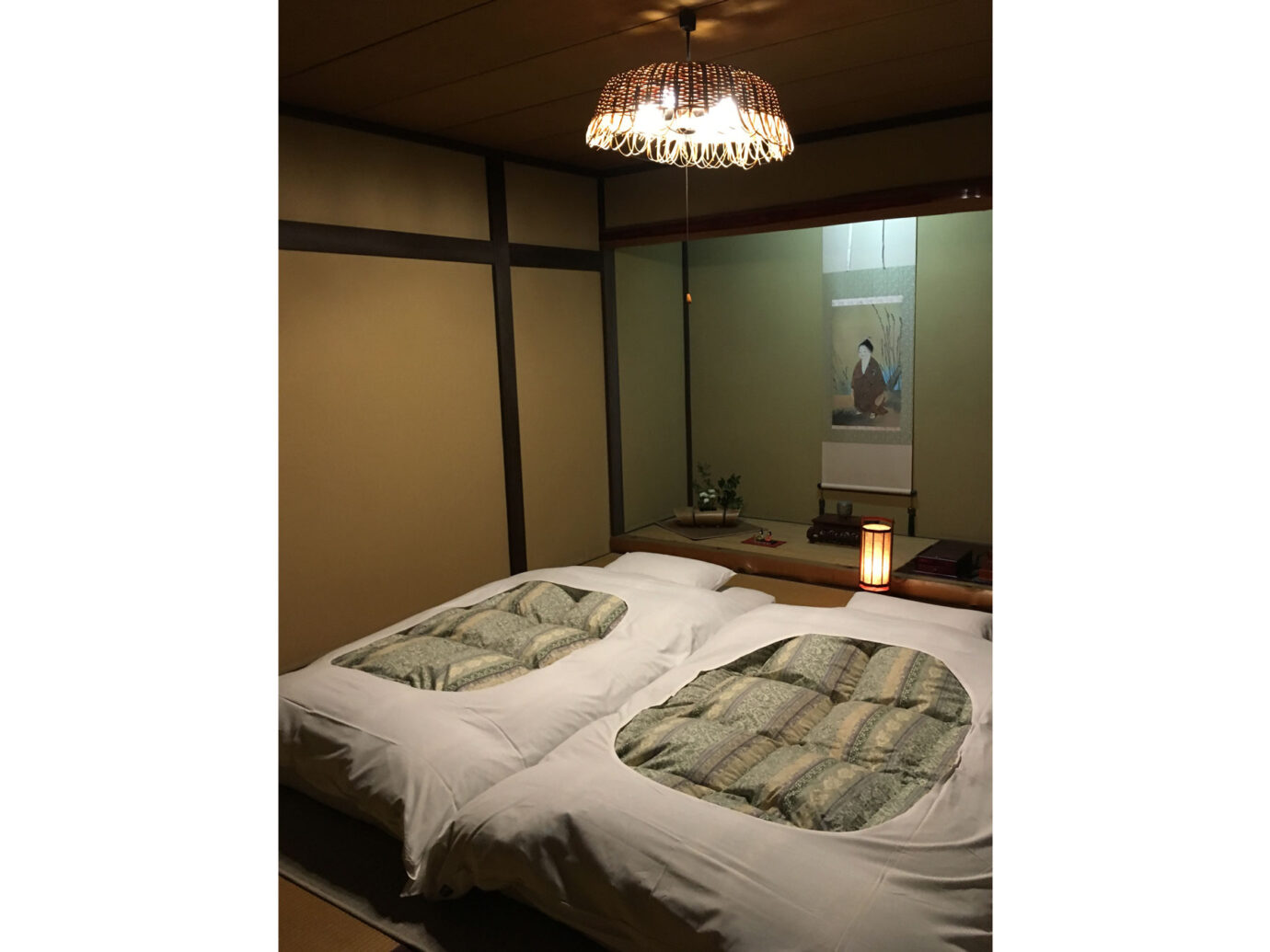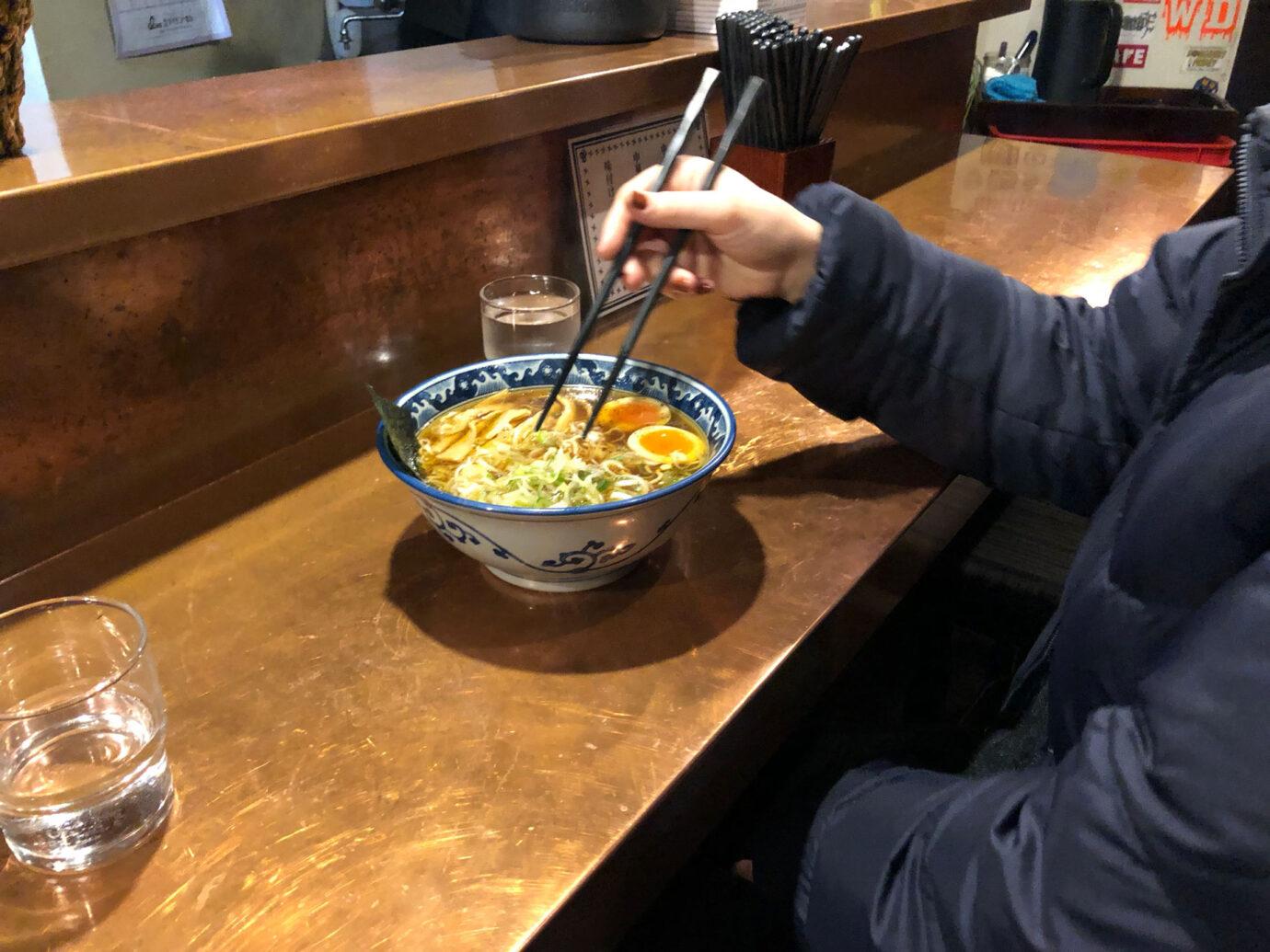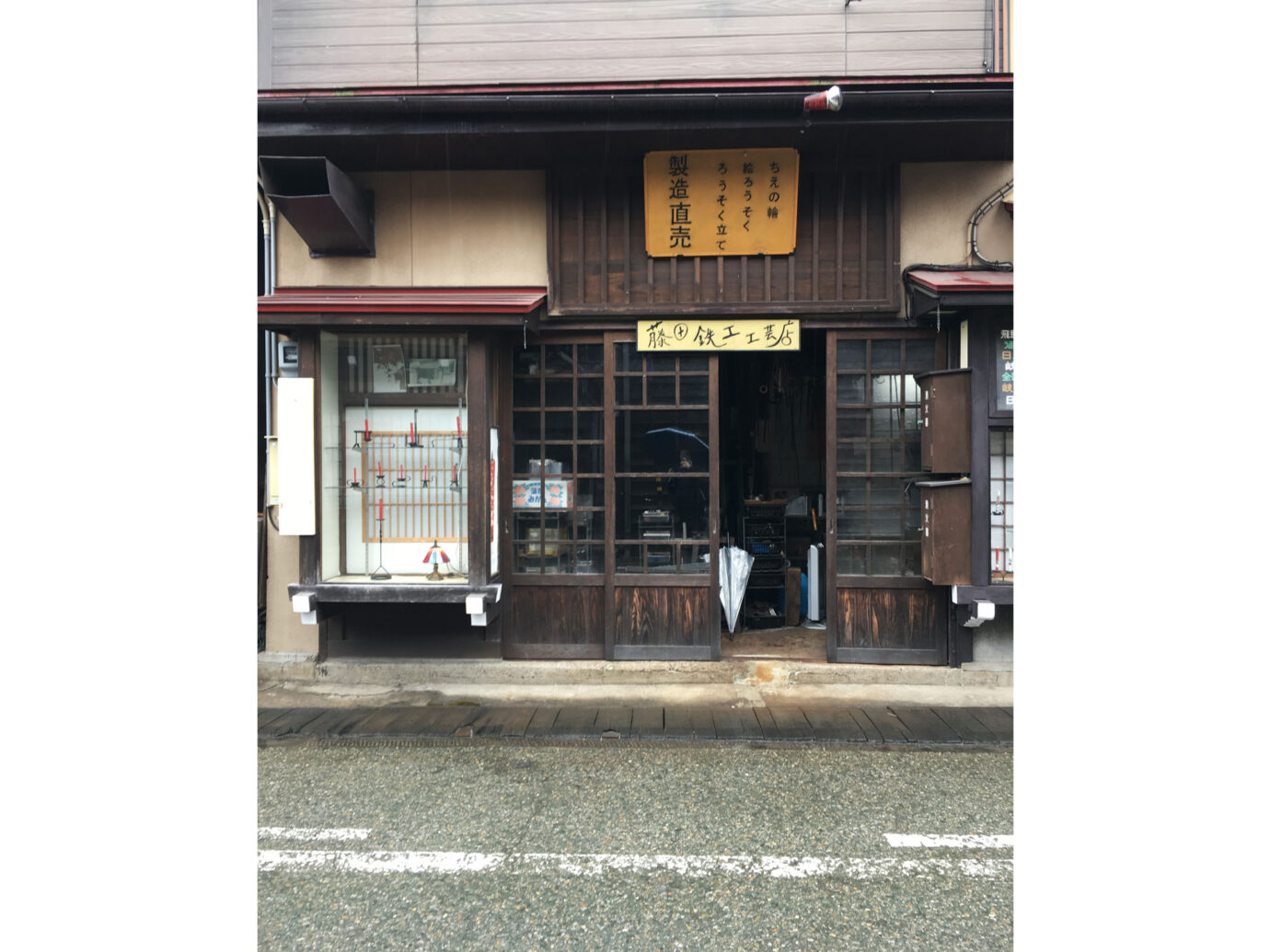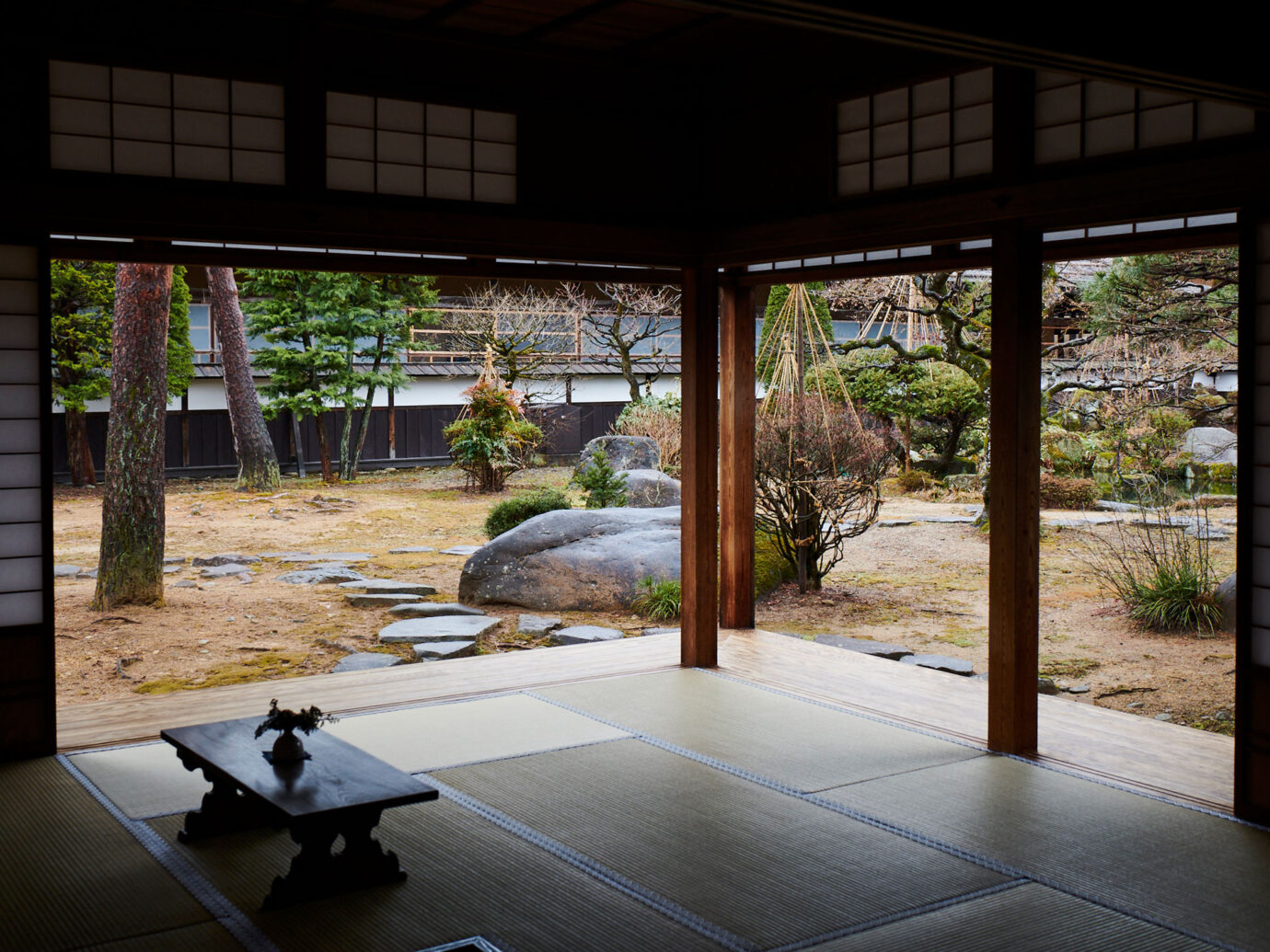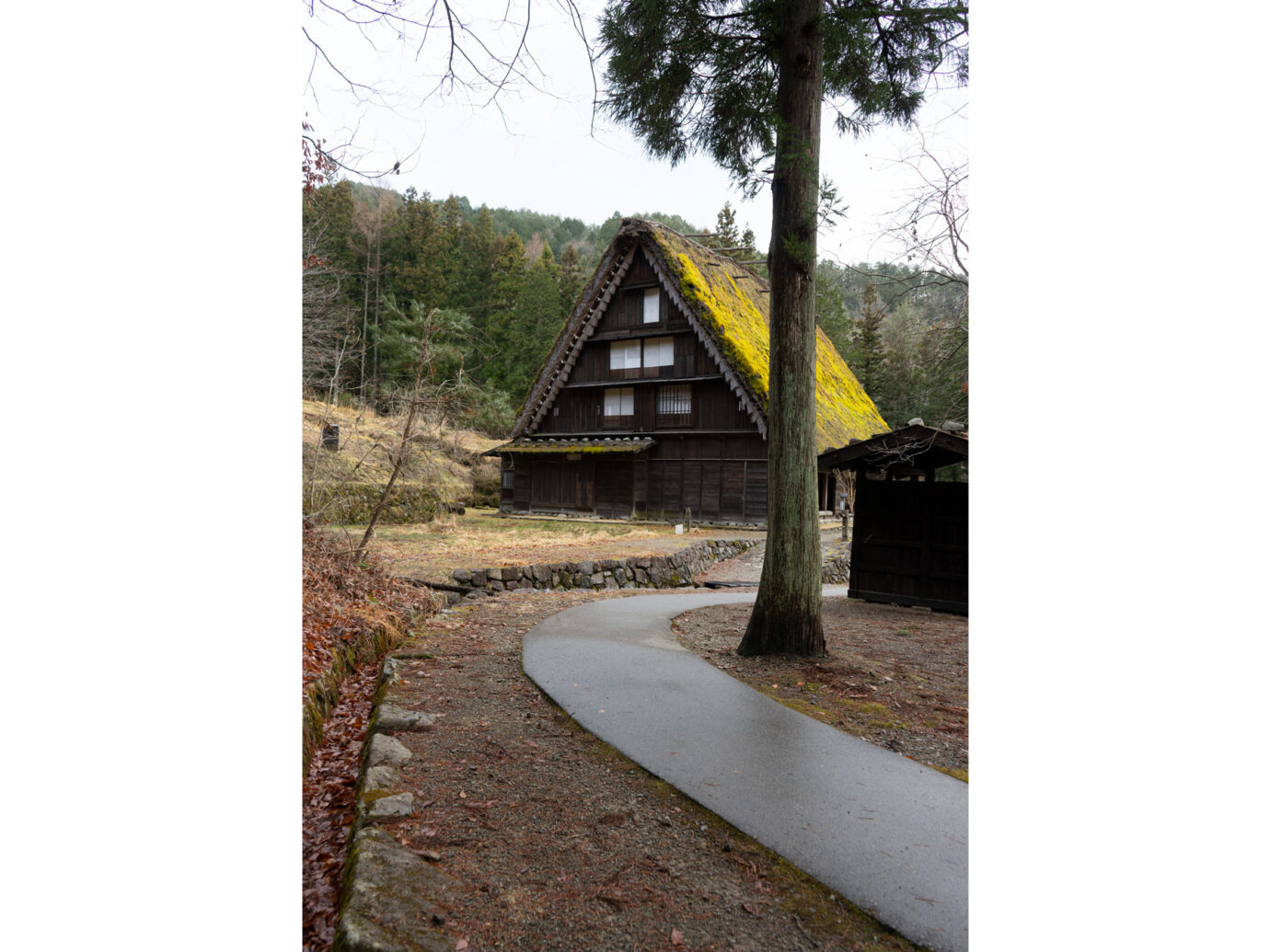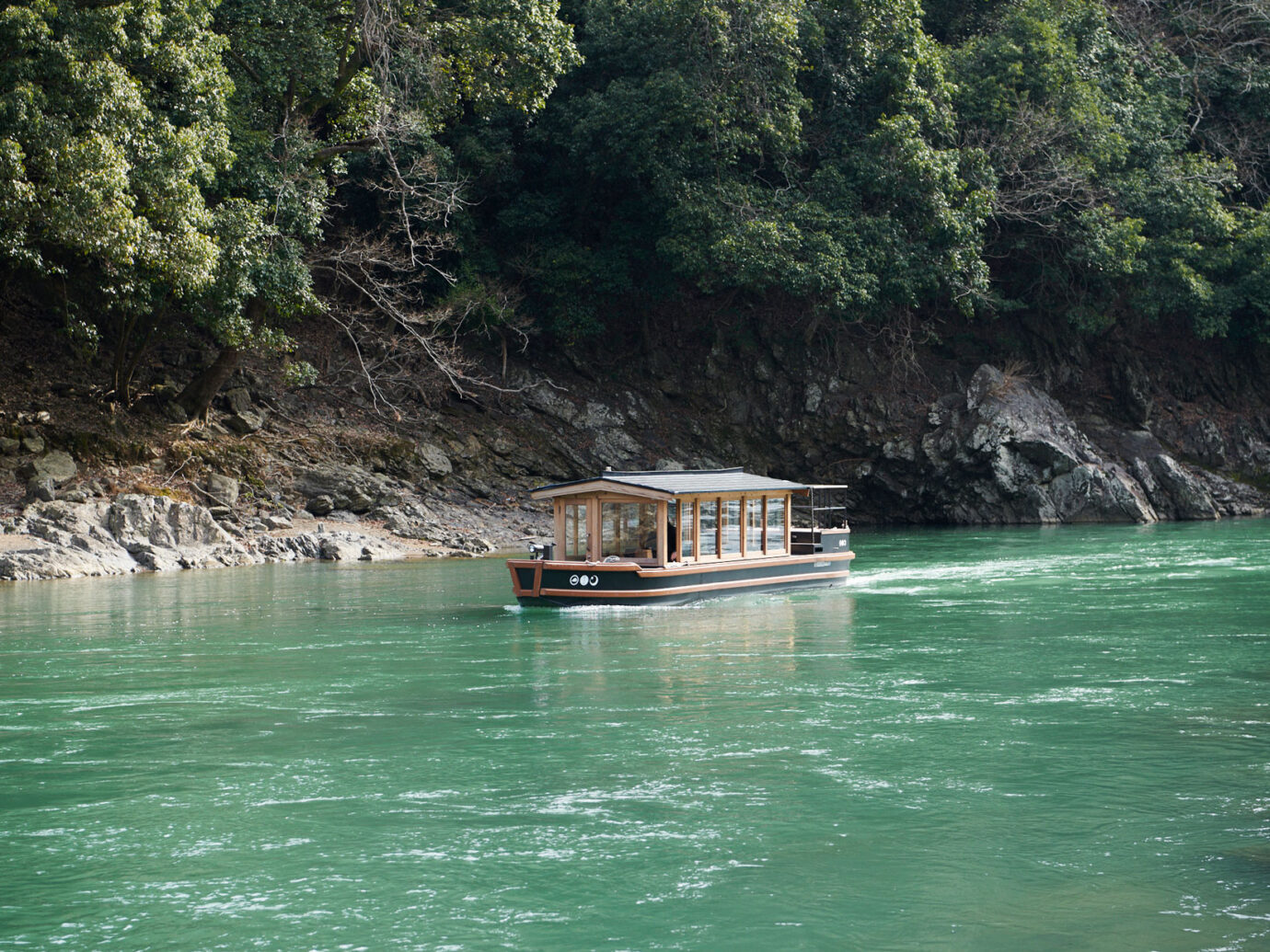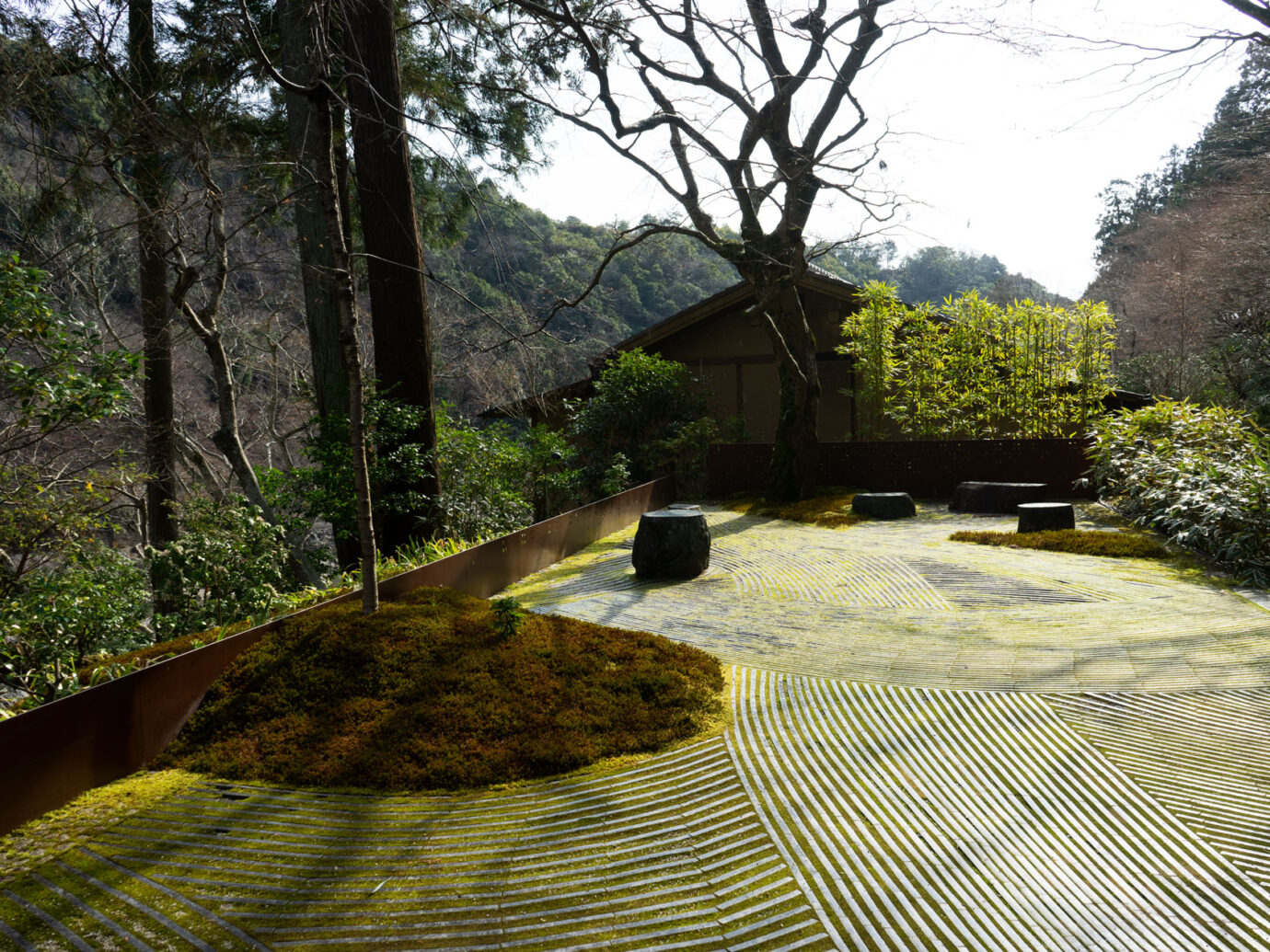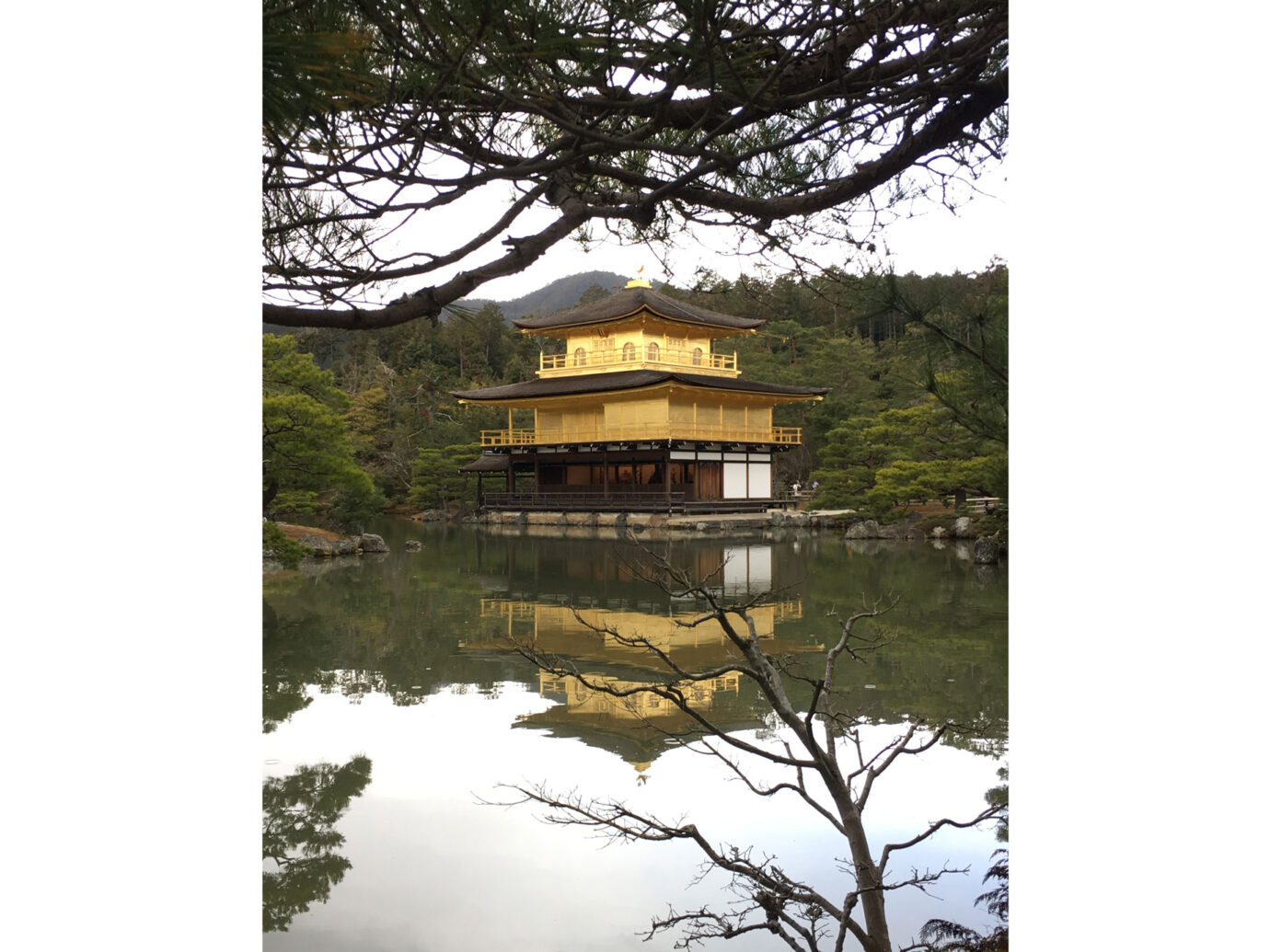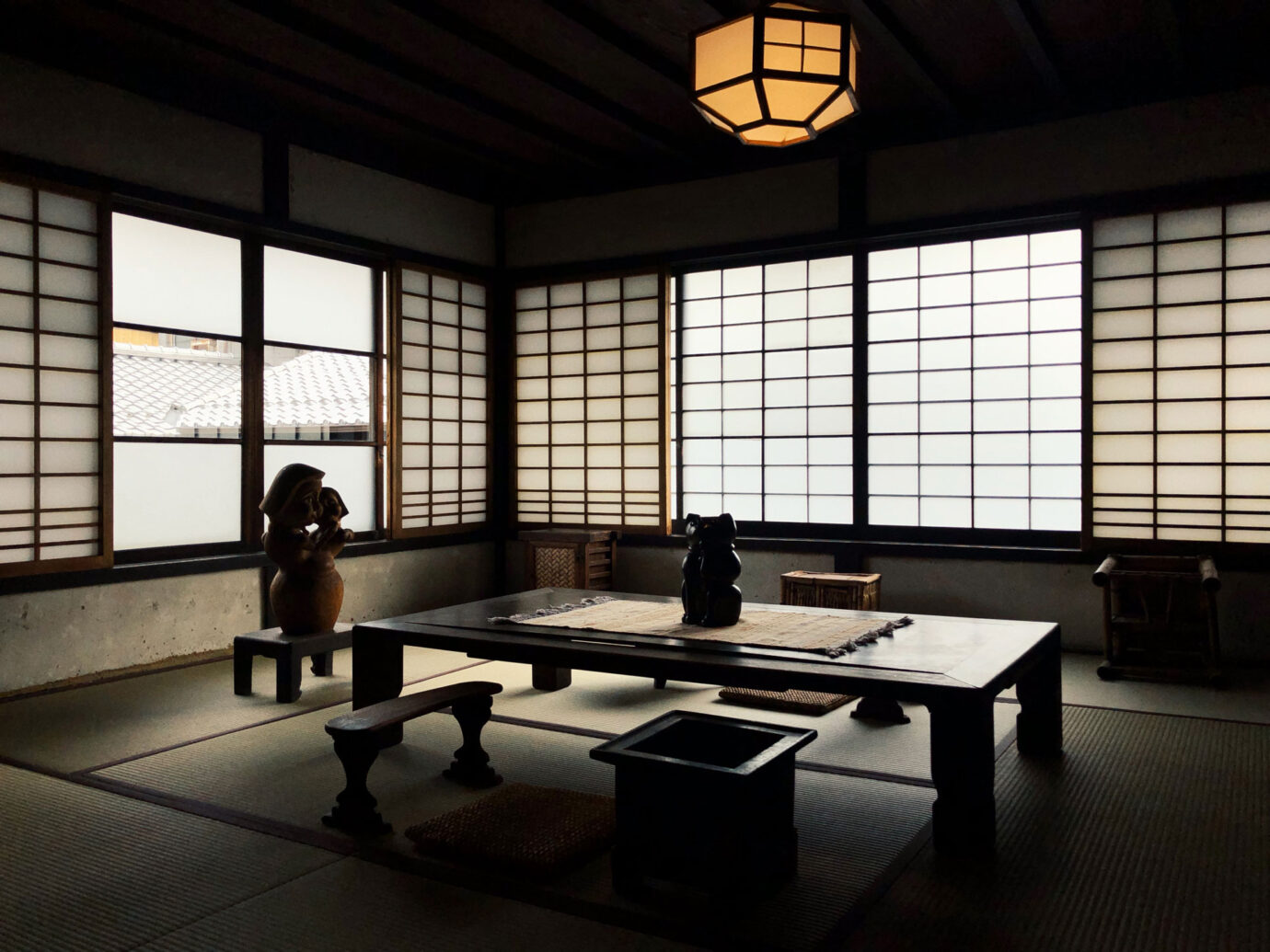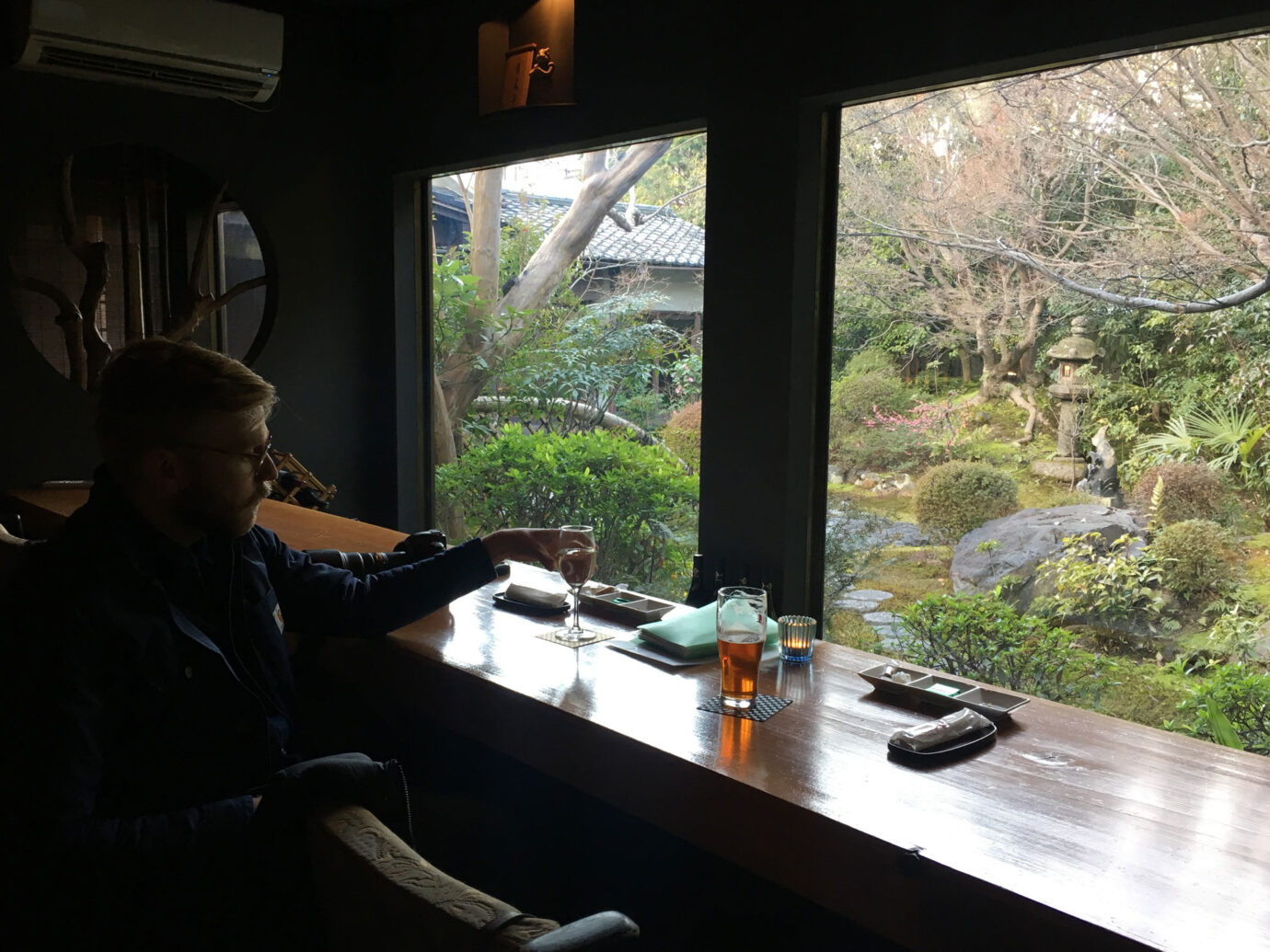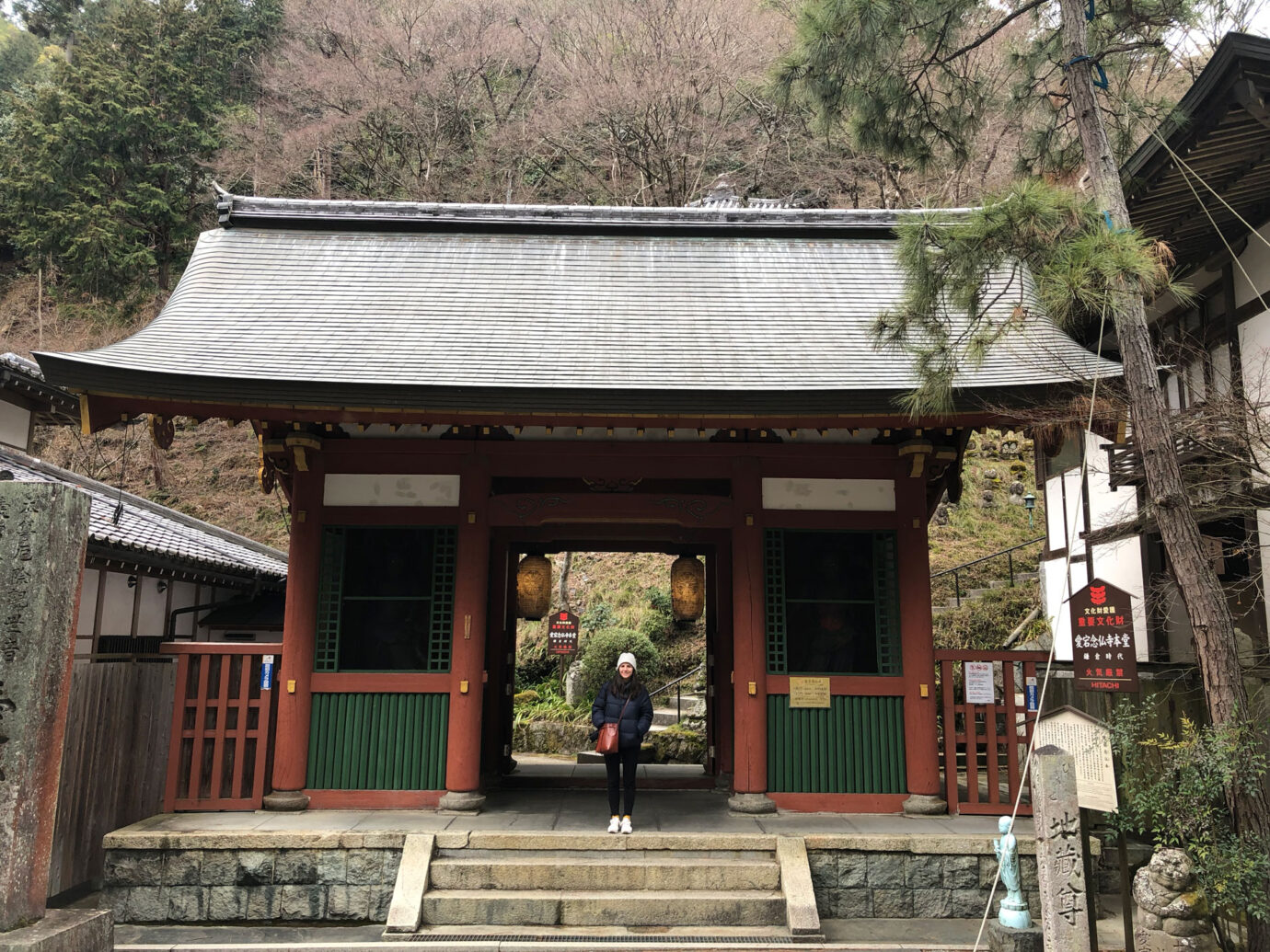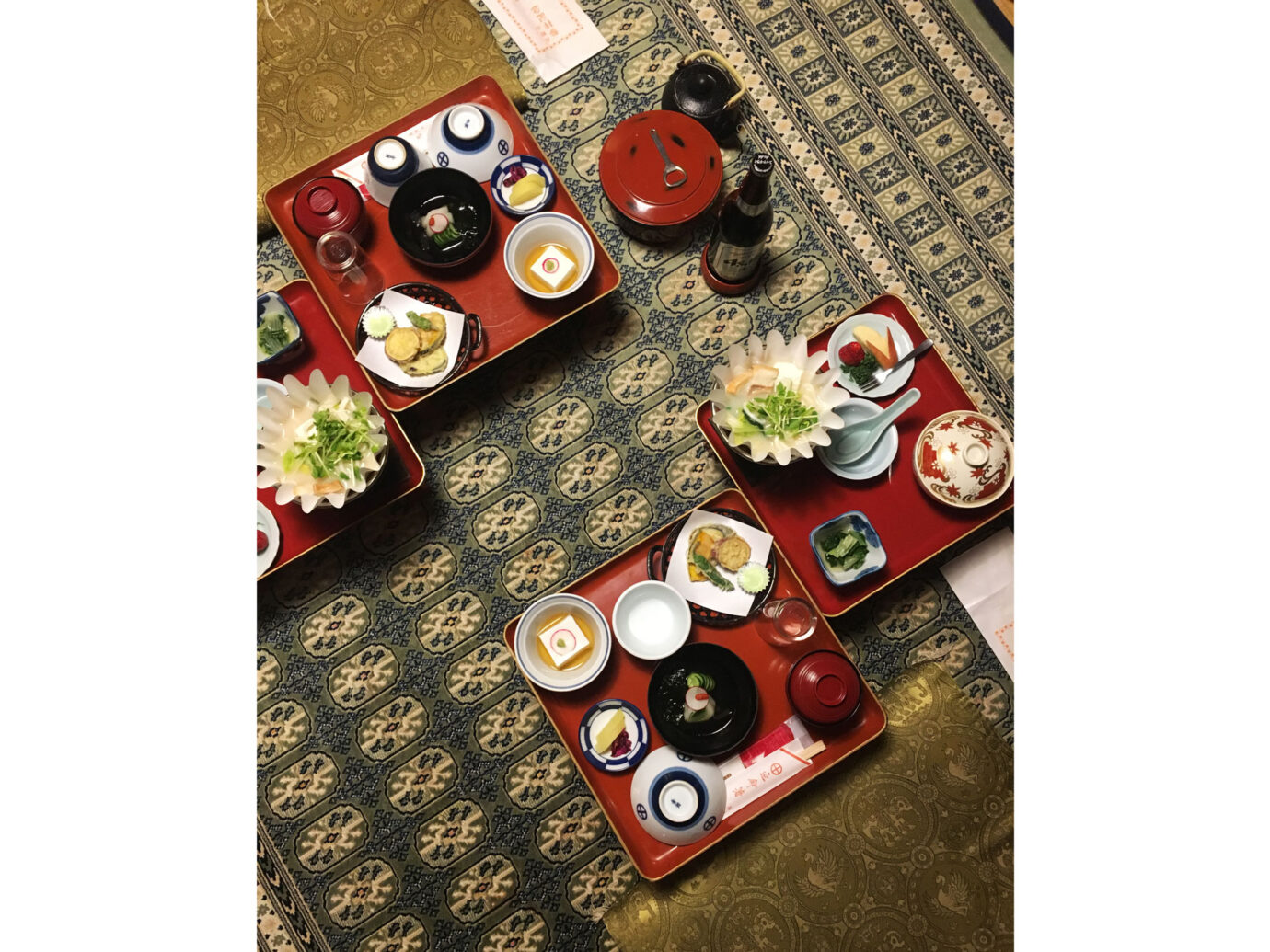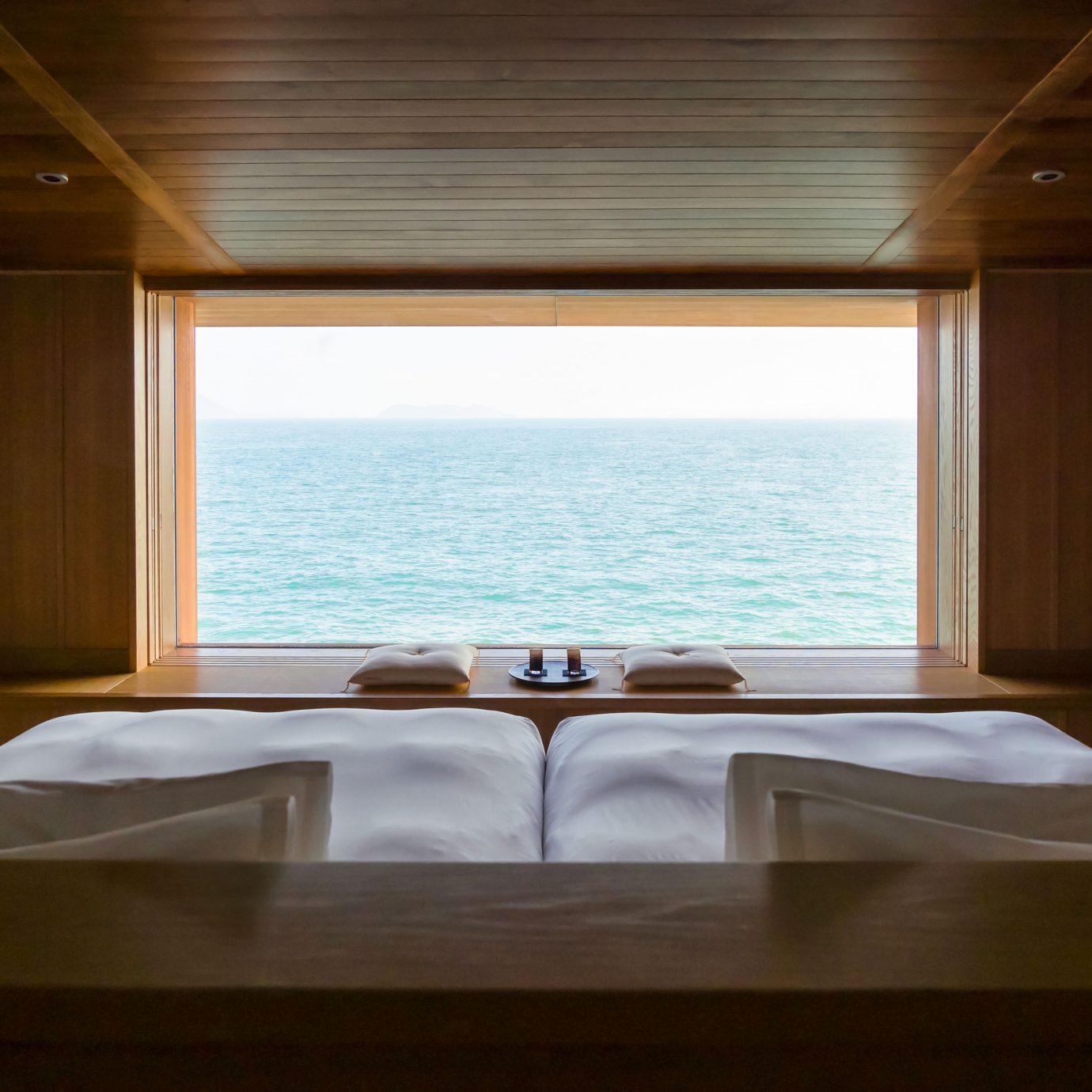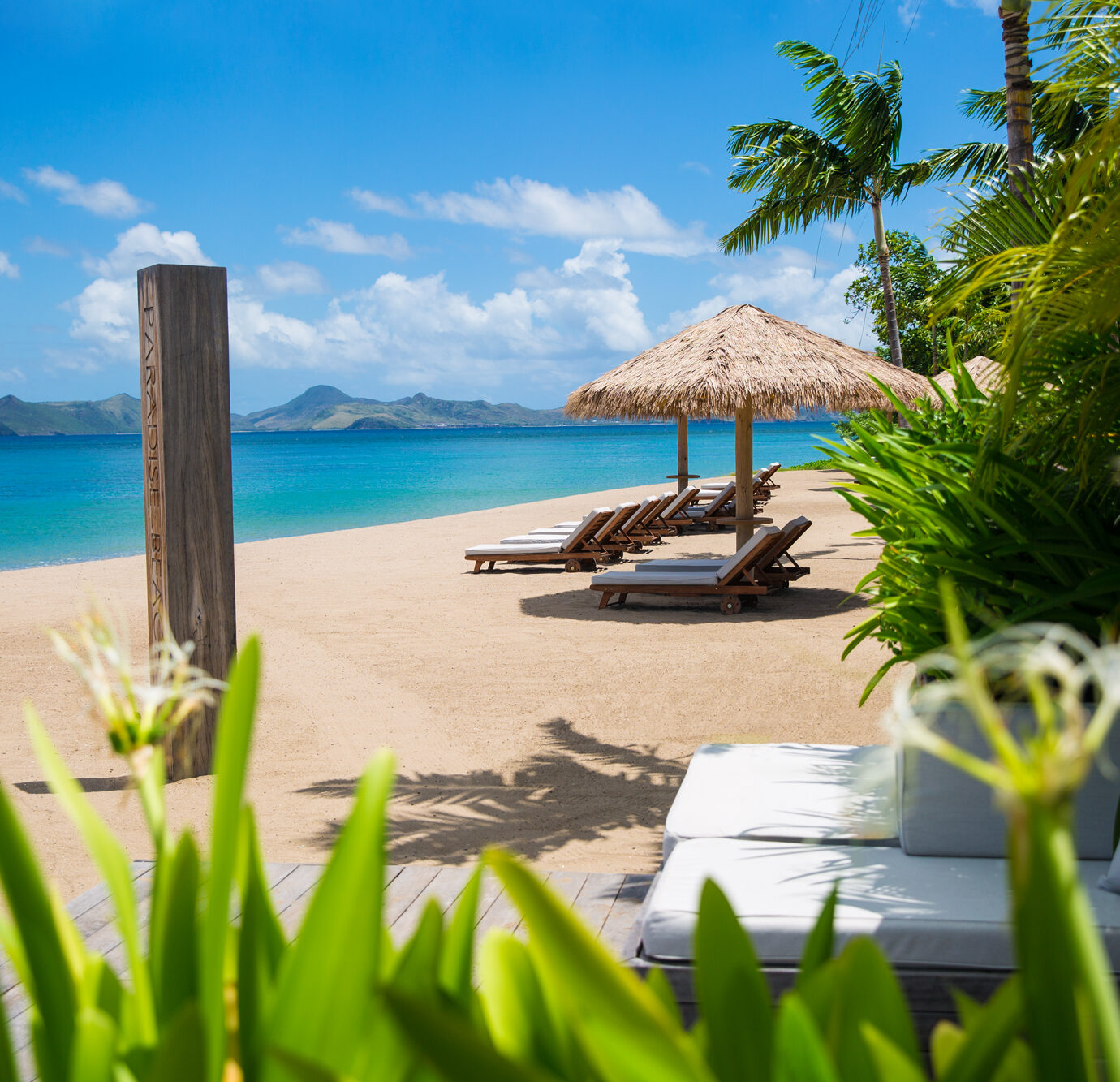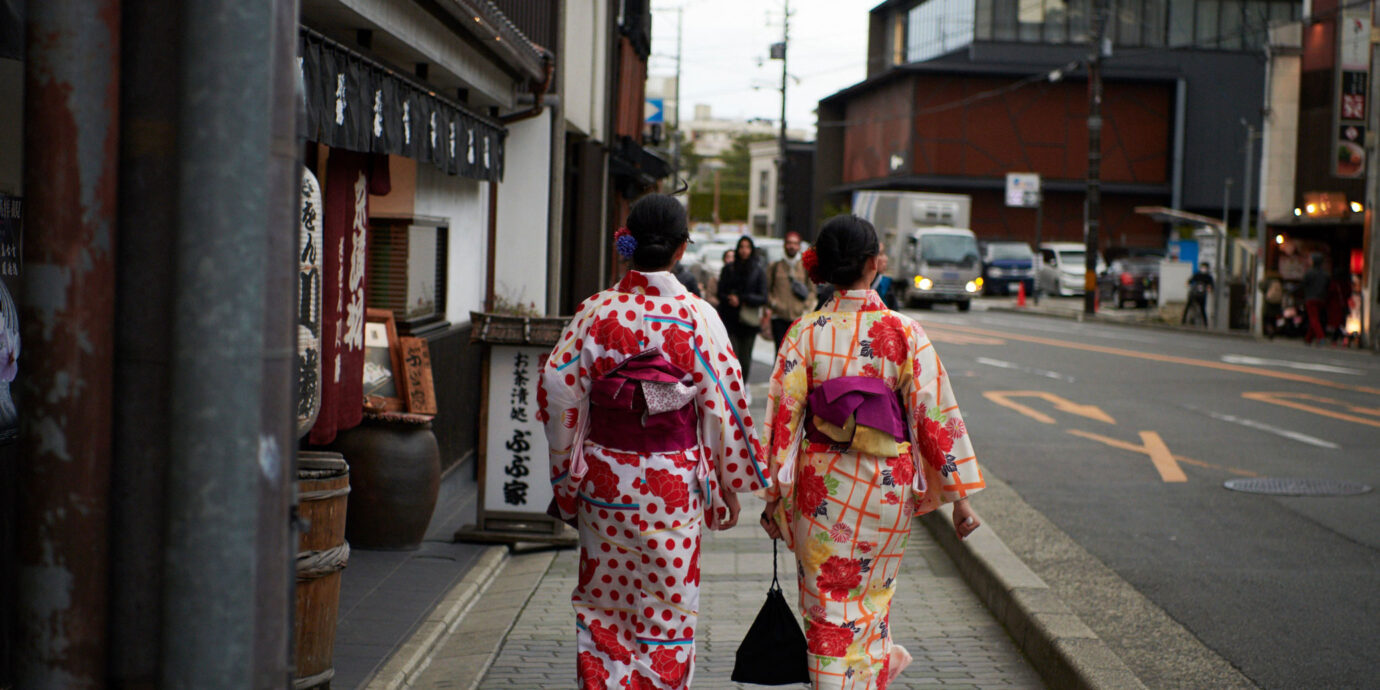
JS Travel Diaries: Just Back from Japan
This past spring JS senior photo editor Gretchen Dorosz and her husband spent two weeks traveling around Japan. They hit the must-see destinations of Tokyo and Kyoto, as well as some small town gems—a traditional ryokan in the Japanese Alps, a resort town where the onsen are a must, and an ethereal mountain town where Shingon Buddhism was founded and the spirituality is palpable. Here, she shares a photo diary of the trip.
Tokyo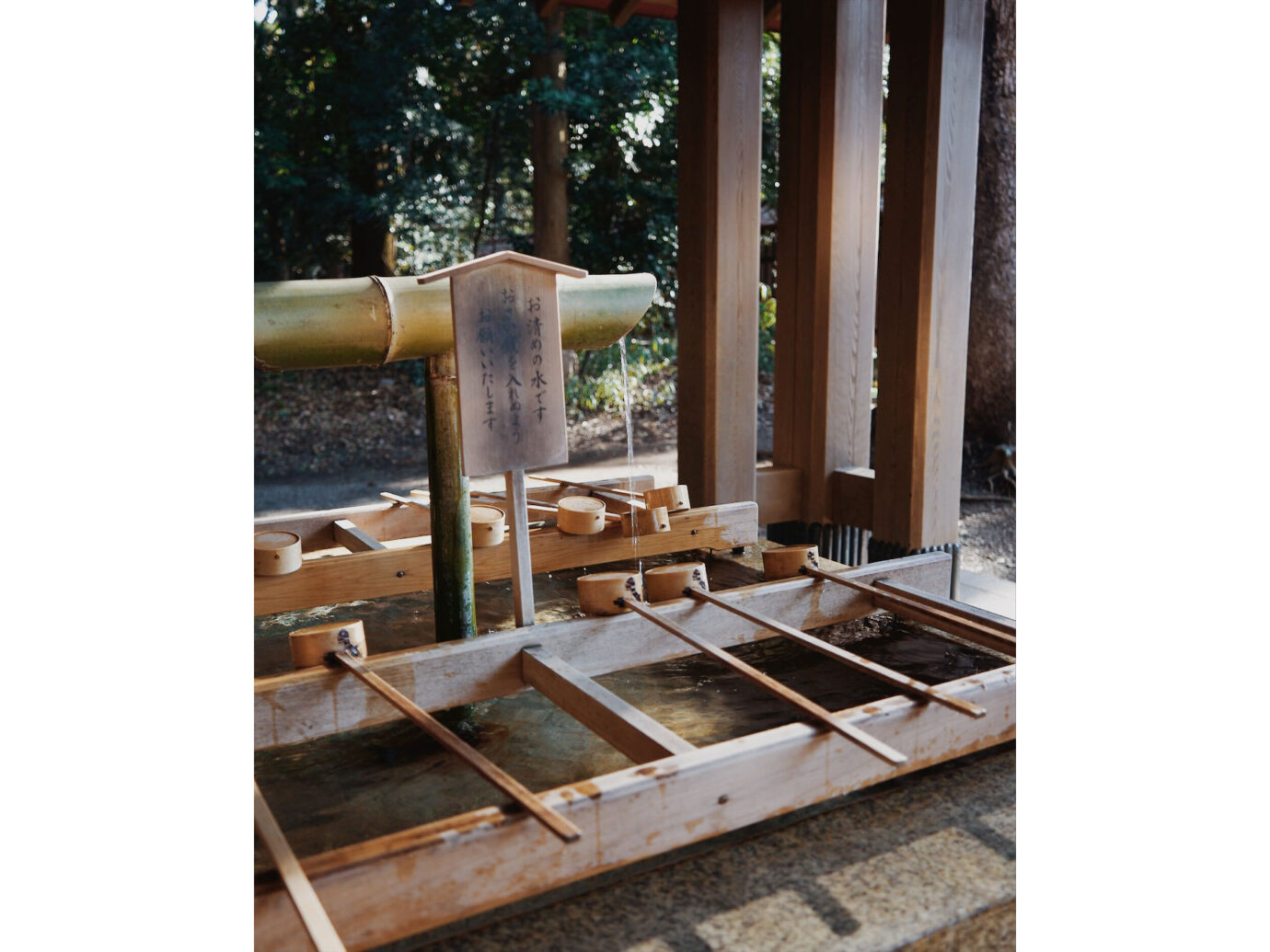
Our first day in Tokyo, we went to the Meji Shrine at sunset. We came across this purification fountain by the entrance, where it’s customary to wash your hands and mouth before entering.
Shozo Coffee Store is a charming cafe in Tokyo. We stopped for coffee on our way to the beautiful Nezu Museum.
The cherry blossoms were just starting to bloom; we hopped into a park for a quick photo op.
One of the many amazing markets we passed through in Tokyo, this one was in Kappabashi, a famous kitchen supply area where you can buy anything from professional knives to plastic food displays.
In Shibuya, we popped in for dinner at one of the many outstanding ramen shops.
Tokyo’s arcades are a must see! I got lucky on the claw machine and won a stuffed Hachikō, a famous (and adorable) Japanese dog.
On our last night in Tokyo, we relaxed at the iconic Park Hyatt Tokyo. You may recognize the pool from Sofia Coppola’s film Lost in Translation.
Takayama
After a scenic five-hour train ride to the countryside, we arrived in stunning Takayama, a village in the Japanese Alps and a welcome change of pace from Tokyo.
RELATED: The Best Ryokans in Japan
Our hotel there, Wanosato, was so serene; it’s a 160-year-old farm house hidden in the mountains.
One of my favorite parts about Japan was, of course, the onsen. The natural, mineral-rich baths are so relaxing at the end of the day. This is one of the two onsen at Wanosato.
We slept on the traditional bedding of a Japanese ryokan—and I slept like a baby.
A must-stop in Takayama is Menya Shirakawa for some of the region’s best ramen.
I found this charming shop in Old Town Takayama, where I bought some Japanese candles.
We took a tour of The Takayama Jin’ya, a building complex that was a government office during the Edo period. It was in official use from 1692 to 1969.
Next stop: the Hida Folk Village or Hida no Sato, an open-air museum of close to 30 old farmhouses with traditional thatched roofs. It’s worth the detour, for sure.
Kyoto
Kyoto was the next stop on our trip. We were ferried by boat to our luxurious hotel, the Hoshinoya Kyoto in Arashiyama.
RELATED: The 5 Best Hotels in Kyoto
This is Hoshinoya Kyoto’s take on a traditional Japanese zen garden. Stunning.
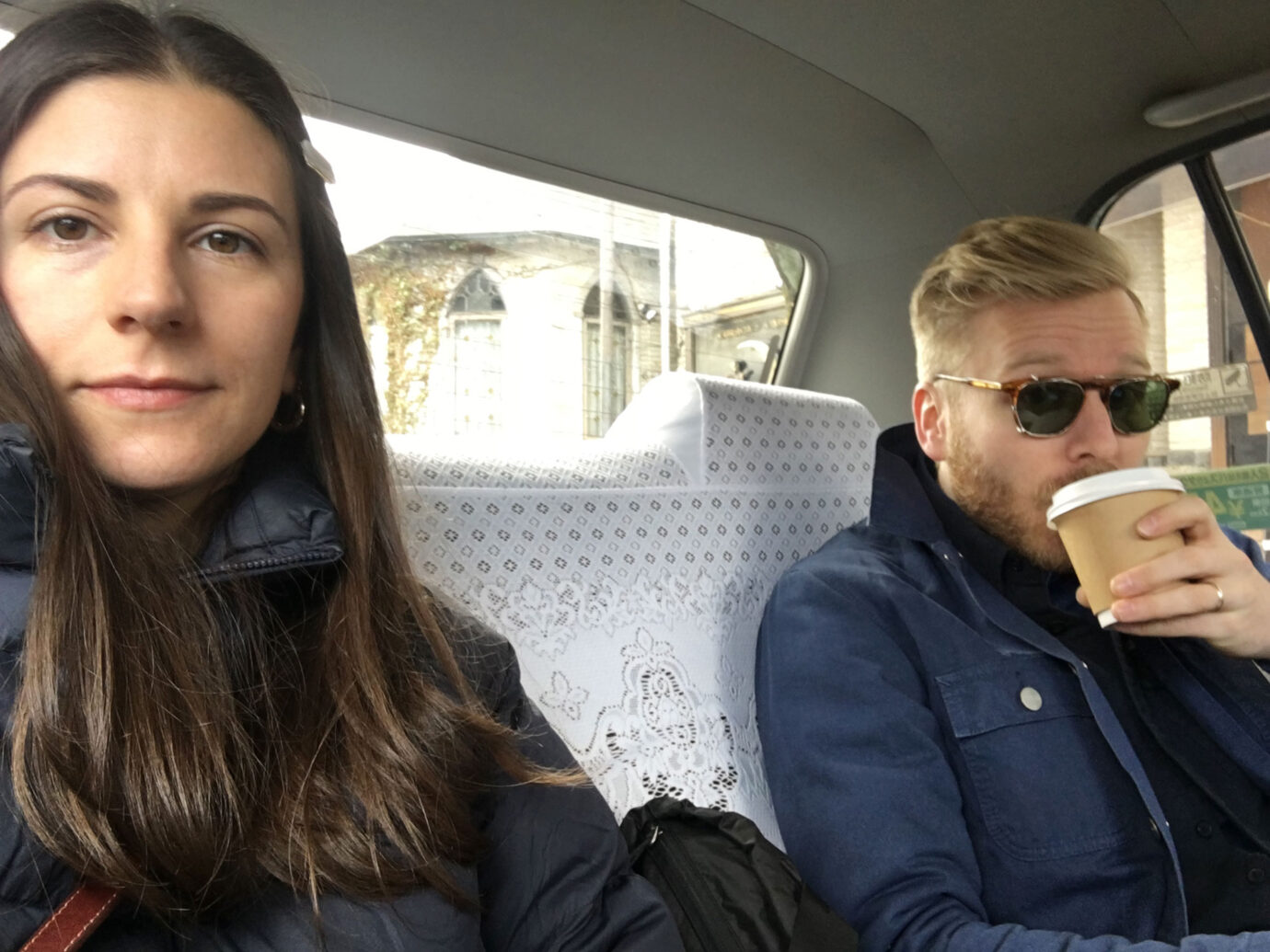
The taxis in Kyoto all have these cute lace seat coverings, which I love. Here we are with a morning coffee from Arabica Kyoto Arashiyama on our way to visit Kyoto’s temples.
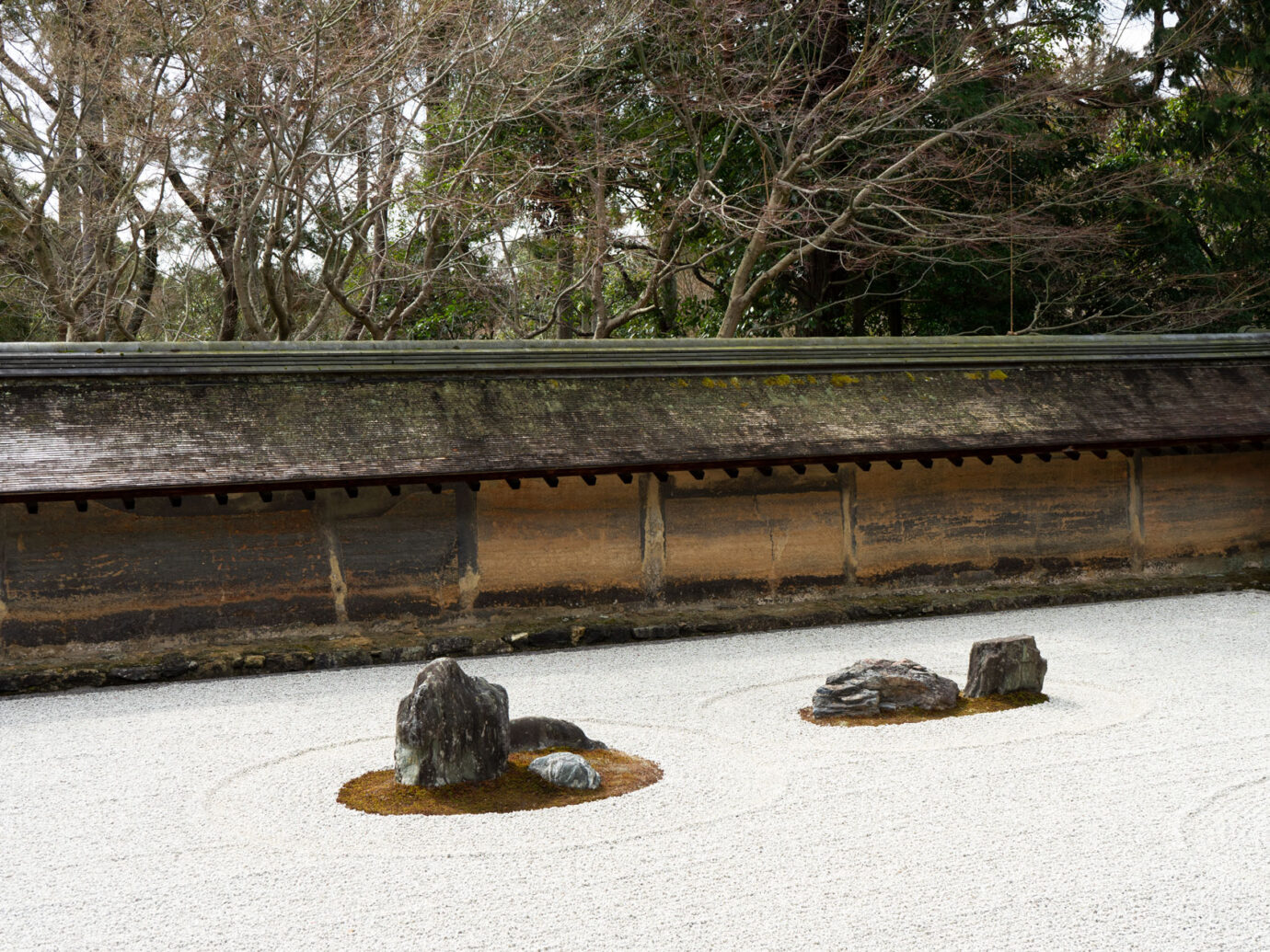 Ryōan-ji, The Temple of the Dragon at Peace, was my favorite temple in Kyoto. This is the zen garden, which is meant to be viewed from a seated position on the veranda. The 15 stones are surrounded by white gravel, which is carefully raked each day by the monks.
Ryōan-ji, The Temple of the Dragon at Peace, was my favorite temple in Kyoto. This is the zen garden, which is meant to be viewed from a seated position on the veranda. The 15 stones are surrounded by white gravel, which is carefully raked each day by the monks.
Next stop: Kinkaku-ji, a Zen Buddhist temple. The name translates to “Temple of the Golden Pavilion.” I’m sure you can see why.
This is the home of Kawai Kanjiro, a famous Japanese potter. The house was restored in 1973 and is now a museum run by his relatives. In addition to pottery, he was also a calligrapher, sculptor, writer, and philosopher.
A local let us in on this little-known temple with a bar. We had a drink while taking in the view of the garden.
Our last morning in Kyoto, we stopped by Otagi Nenbutsu-ji, a Buddhist temple in Arashiyama with 1,200 whimsical stone statues.
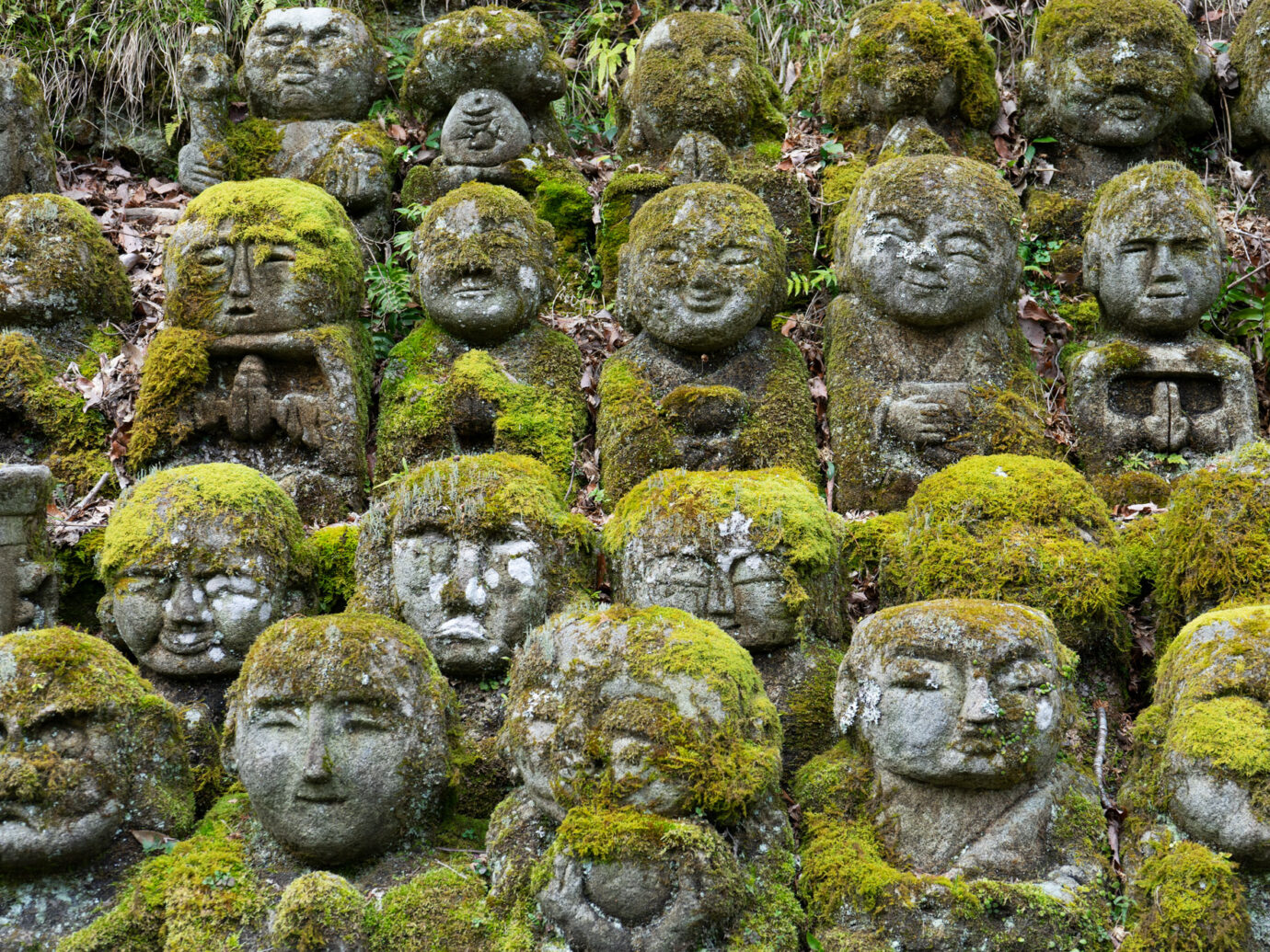
The Buddha statues at Otagi Nenbutsu-ji.
Mount Koya
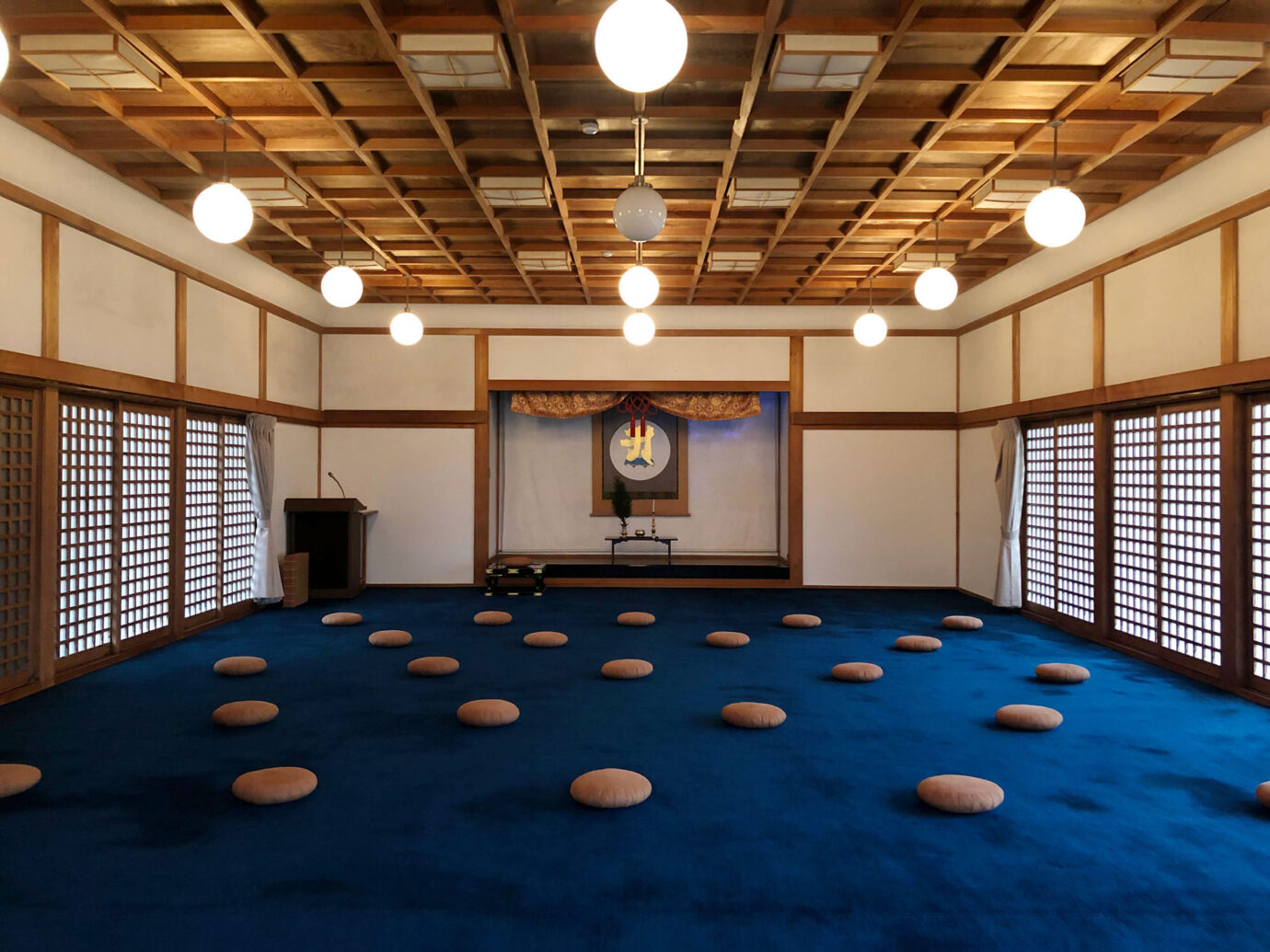
After Kyoto, we took two trains and a cable car to arrive at the small mountain town of Koyasan, the center of Shingon Buddhism. In Koyasan we stayed at Ekoin, a 1000-year-old Buddhist monastery where we joined the monks in meditation, early morning services, and a Goma fire ritual.
Shojin Ryori, Buddhist vegetarian cuisine, was cooked by monks and served in our room.
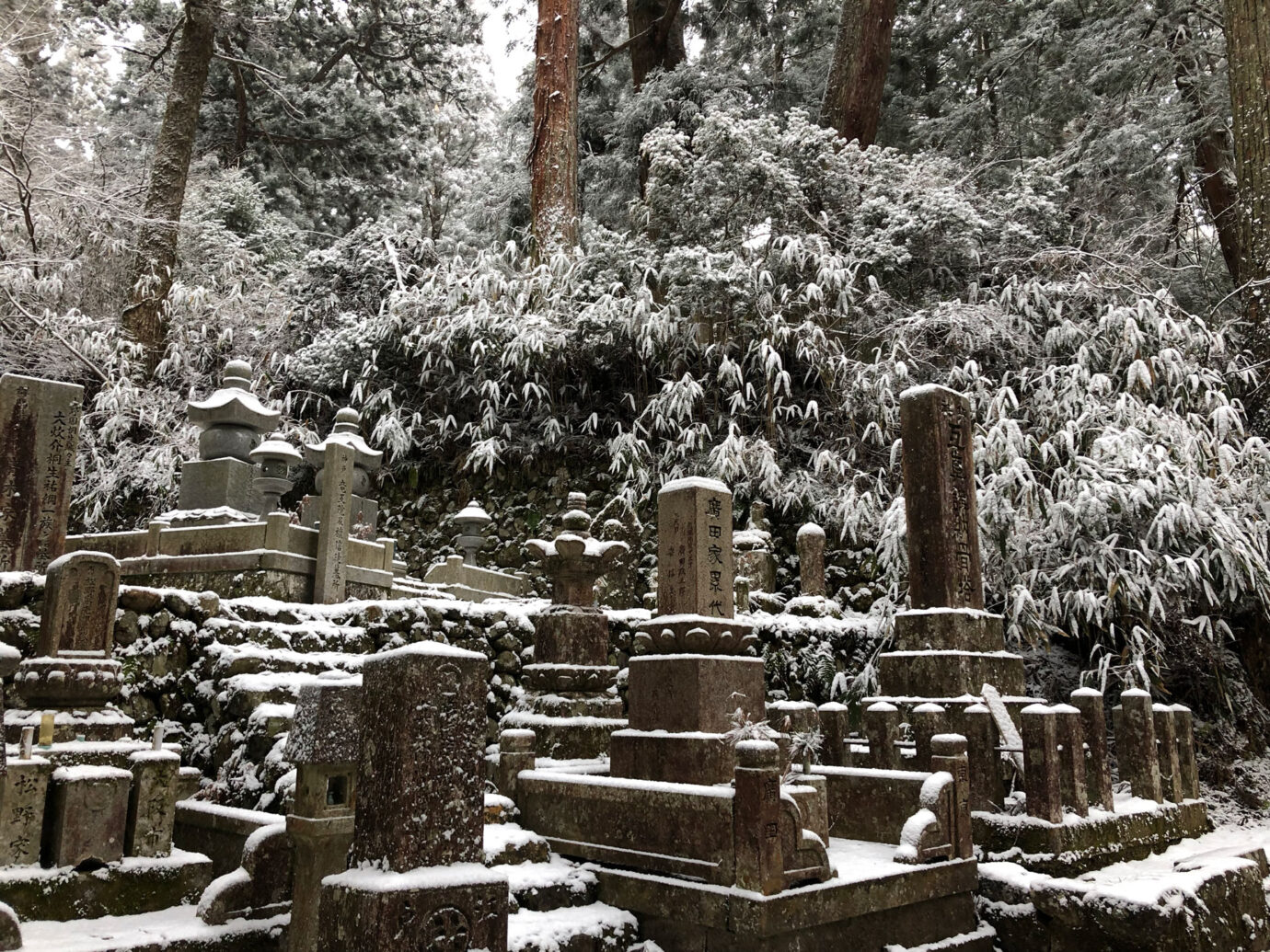
In the morning, we woke up to snow covering the mountain town. It was the perfect time to explore Okunoin Cemetery, the largest one in Japan and the site of the mausoleum of Kobo Daishi, the founder of Shingon Buddhism.
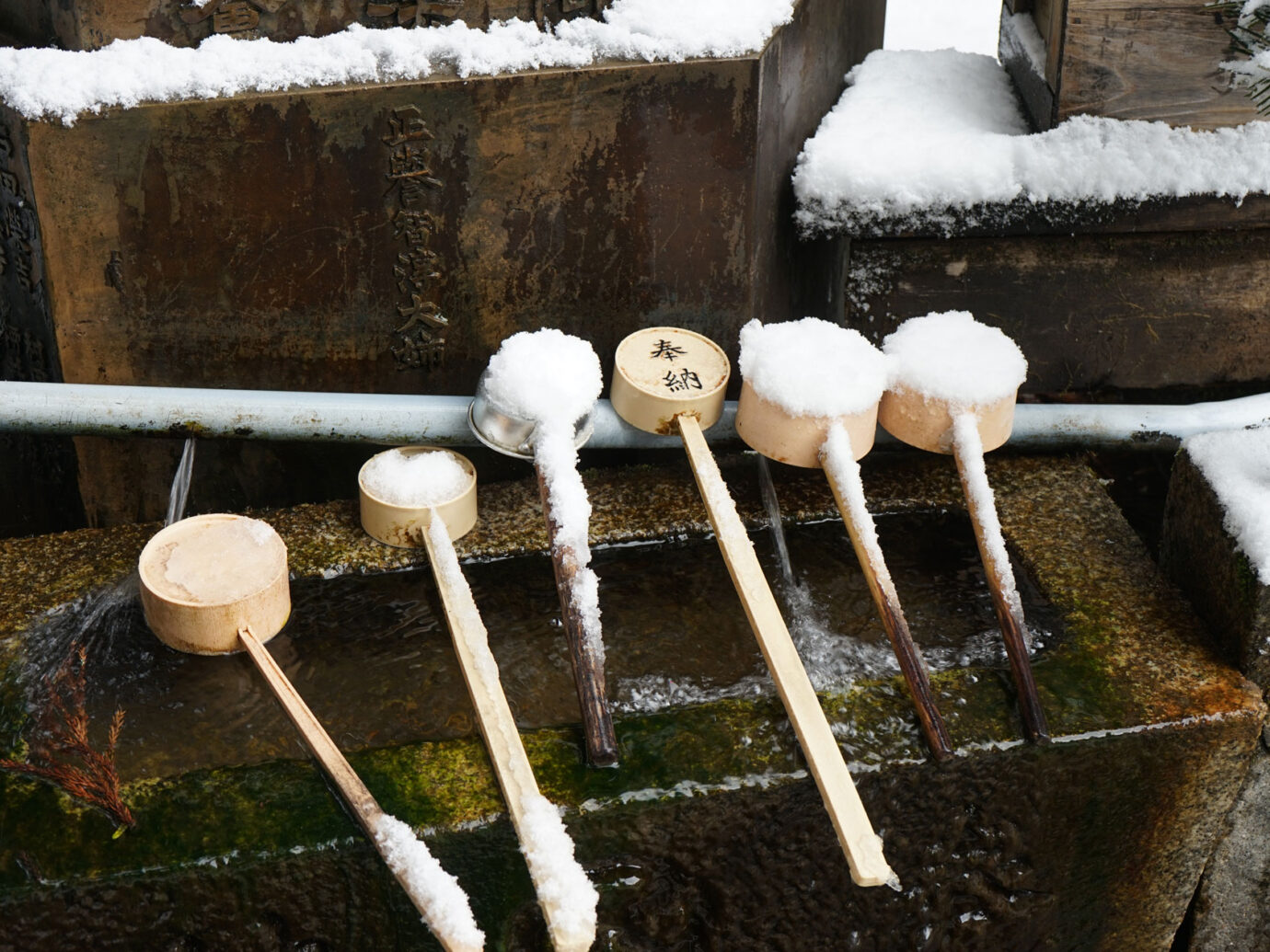
Okunoin is one of the most sacred places in Japan and a popular pilgrimage spot.
Hakone
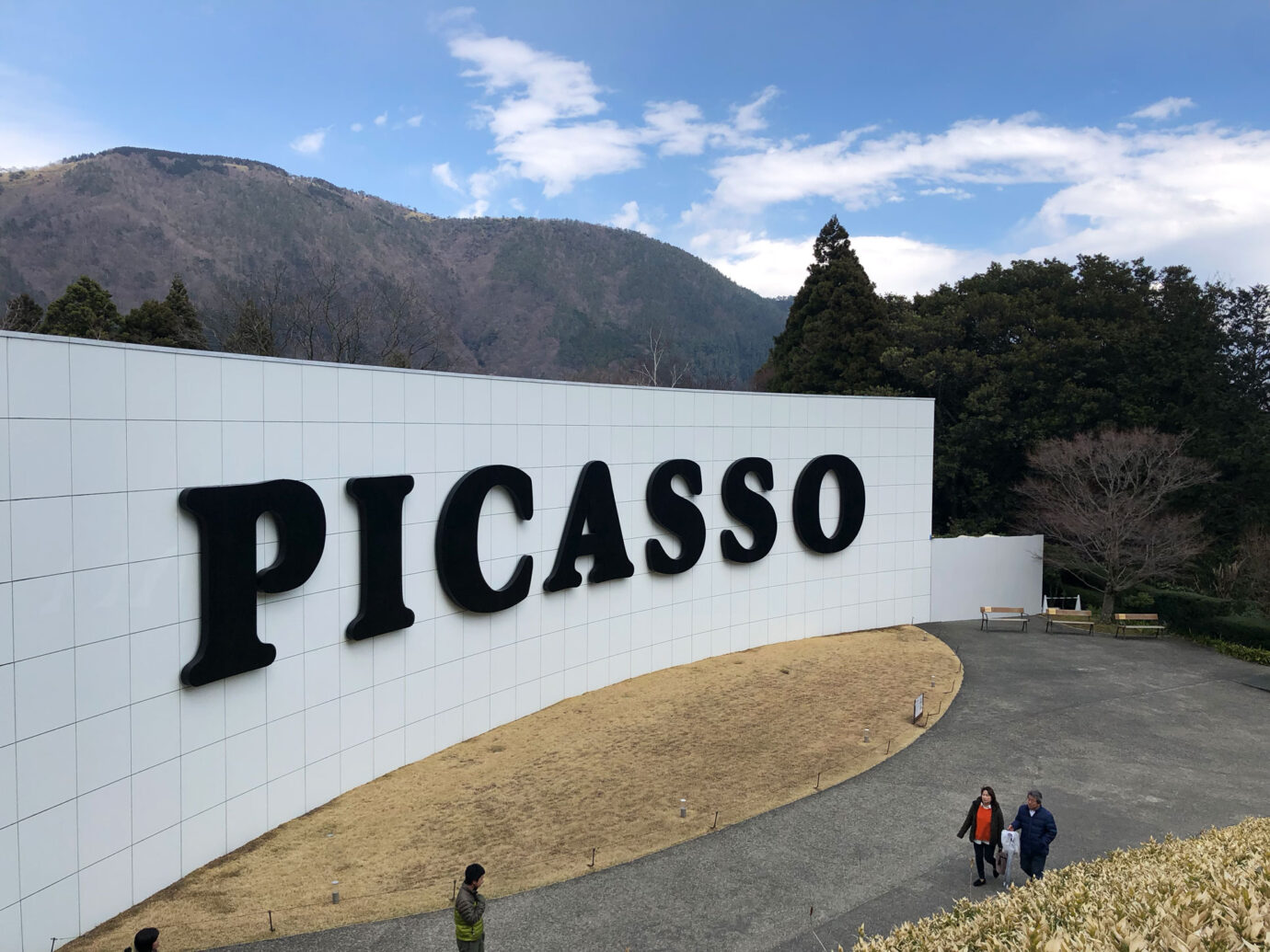
Our last stop in Japan: the hot springs resort town of Hakone. The Hakone Open-Air Museum is a must-visit for contemporary art lovers. There are various sculptures throughout the grounds from works by Henry Moore and Gabriel Loire, and several indoor exhibition spaces, like The Picasso Exhibition Hall.
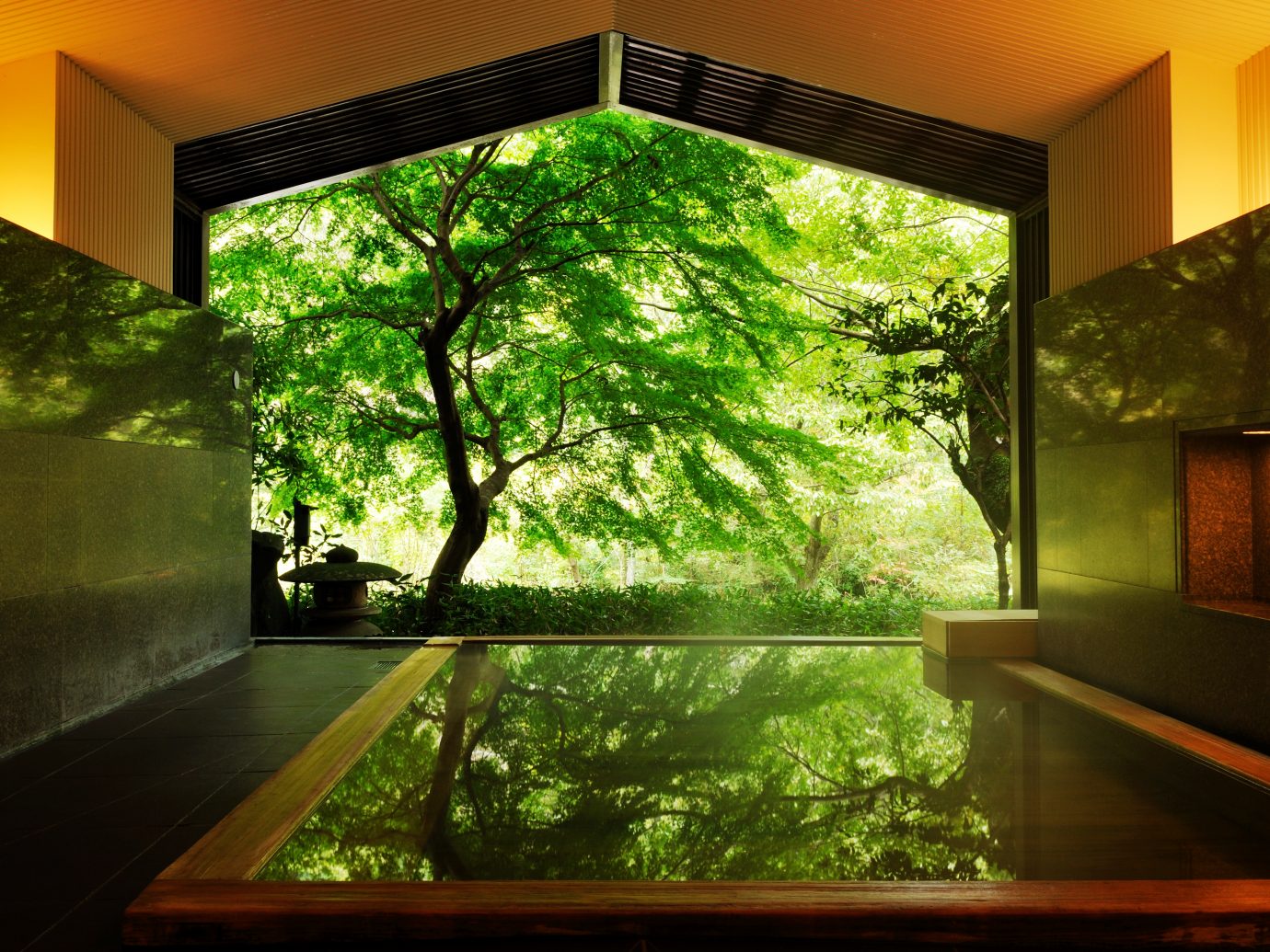
Photo courtesy of KAI Hakone
We spent our final afternoon at the beautiful KAI Hakone and headed straight for the onsen. It was the perfect end to the trip.
Want more?
- What You Need To Know Before Visiting Japan
- The 10 Best Hotels in Tokyo Right Now
- 7 Tours of Japan You Need to Take
Comments
All products are independently selected by our writers and editors. If you buy something through our links, Jetsetter may earn an affiliate commission.
Become a Jetsetter.
Use our insider connections to know where to go and what to do.
By proceeding, you agree to our Privacy Policy and Terms of Use.
Thanks for Signing Up!

